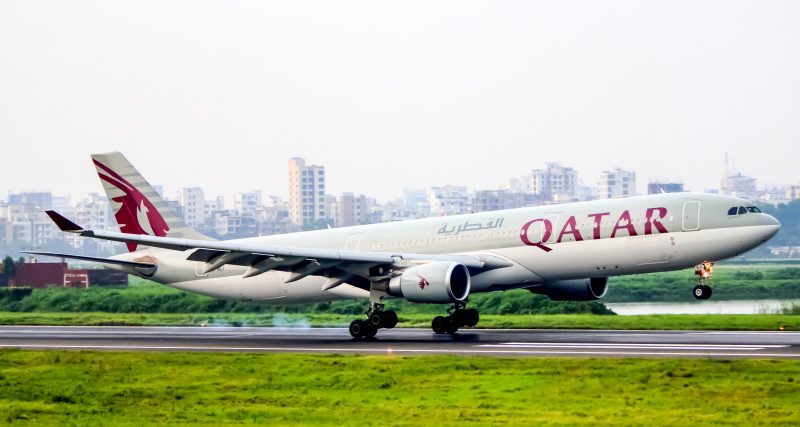Peanut butter and jelly. Salt and pepper. Nick Underwood and the Lockheed P-3 Orion.
Some things just go together naturally.
Nick Underwood is clearly doing what he is supposed to be doing.
Underwood, 32, is a Programs and Integration Engineer at the NOAA Aircraft Operations Center (AOC) in Lakeland, Fla. A native of Beckley, W.Va., Nick has found his calling as a “hurricane hunter” with NOAA.
Underwood is part of a team that conducts research missions aboard various hurricane hunter aircraft, including the venerable workhouse known as the Lockheed P-3 Orion.
The AOC, which is part of NOAA’s Office of Marine and Aviation Operations (OMAO), operates a fleet of ten aircraft, including:
- N65RF | Beechcraft King Air 360CER
- N67RF | Beechcraft King Air 350CER
- N68RF | Beechcraft King Air 350CER
- N46RF | De Havilland DHC-6-300 Twin Otter
- N48RF | De Havilland DHC-6-300 Twin Otter
- N56RF | De Havilland DHC-6-300 Twin Otter
- N57RF | De Havilland DHC-6-300 Twin Otter
- N49RF | Gulfstream IV-SP
- N42RF | Lockheed WP-3D Orion “Kermit”
- N43RF | Lockheed WP-3D Orion “Miss Piggy”
The OMAO facility is located at Lakeland Linder International Airport (LAL) in Florida. The facility is located just over 30 miles northwest of downtown Tampa.
Three of the OMAO aircraft are designated as “hurricane hunters.” NOAA’s Hurricane Hunter fleet includes the two P-3 turboprops and the G-IV. The aging G-IV will soon be replaced by the more advanced Gulfstream G550 in 2025. A second one will join the fleet in 2028.

“The Roughest Flight of My Career”
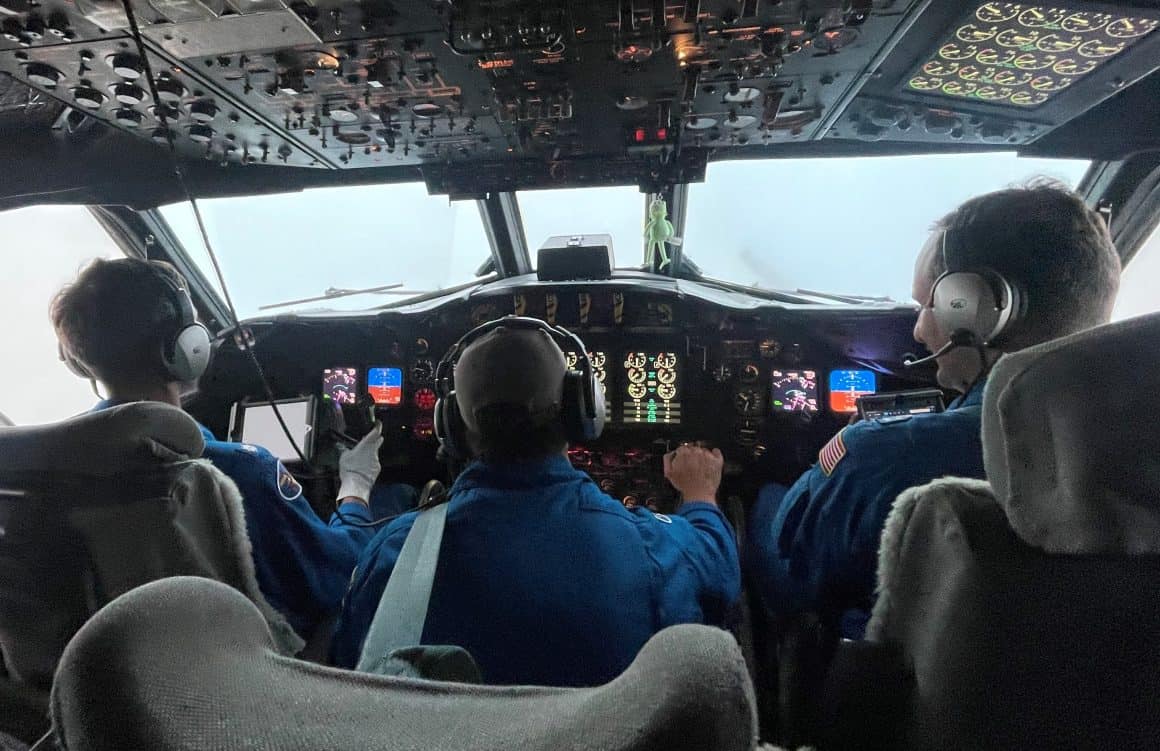
I first learned of Nick Underwood during Hurricane Ian in 2022 when a video he took aboard “Kermit,” one of the hurricane hunter P-3s, went viral. Nick captured the video as he and his team were penetrating the eyewall of Ian, a Category 4 monster, as it bore down on the southwest Florida coast. The video showed the P-3 bouncing around like a toy. Supplies and equipment fell into the cabin all around the crew as a result of the severe and unrelenting turbulence.
Once back on the ground, Nick didn’t mince words about his harrowing experience.
“When I say this was the roughest flight of my career so far, I mean it,” Nick posted on Twitter on 28 September 2022. “I have never seen the bunks come out like that. There was coffee everywhere. I have never felt such lateral motion.”
In the days that followed, Nick became somewhat of a media sensation as a result of that viral video.
As an avid aviation and weather geek, I knew I had to talk to Nick. Unfortunately, the first time we tried to connect, it didn’t work out. However, we were finally able to connect recently, and I am so excited to share his story.
I had the pleasure of interviewing Nick shortly after Hurricane Ernesto made its journey through the Atlantic Basin in mid-August 2024. Other than Hurricane Beryl, which caused catastrophic damage in the Caribbean island nation of Grenada before it went on to strike the Yucatan and Texas, the 2024 hurricane season was fairly typical–even eerily quiet at times.
Of course, that all changed in late September when Hurricane Helene devastated parts of the southeastern United States after making landfall in the Big Bend region of Florida. Then, less than two weeks later, Hurricane Milton made landfall just south of Tampa, Florida as a Category 3 major hurricane.
From all of us here at AvGeekery, we extend our thoughts and prayers to those who have been affected by these hurricanes.
With the 2024 Atlantic hurricane season behind us, take some time to learn about Nick Underwood, the P-3 Orion, and the hard work and dedication that goes into protecting life and property in hurricane-prone areas every year.
Nick’s Journey to Hurricane Hunting

AvGeekery: Tell us about your journey and how you got to where you are today.
Nick: When I was in eighth grade, we visited Cape Canaveral during a family vacation. While we were there, I saw a rocket launch, and I was like, “That’s sick–I want to do that.” So, after high school, I studied aerospace engineering at West Virginia University.
My first job out of college was as a flight test engineer for Naval Air Systems Command (NAVAIR) in Patuxent River, Maryland. At first, I was on the F-18 structural loads team. After about seven months, I got swapped over to the F-35 program and worked on that for about seven months. During that time frame, I decided I wanted to do something more science-focused with my degree. I applied for jobs at NOAA and NASA because I liked working for the federal government–and still do. I was offered jobs at both and ended up taking the NOAA job because it seemed more exciting with hurricane operations. And the rest is history!
I started with NOAA in 2016 as an aerospace engineer, figuring out how to get new scientific equipment installed on our fleet of aircraft, which supports all different types of missions, from hurricanes to marine mammal surveys. Then, about two years ago, I took a different job within the same office, becoming the programs and integration engineer.
I now work directly with the scientists, figuring out what kind of data they’re trying to collect, what kind of instruments they’re trying to put on the aircraft, and figuring out how we can best support them to be sure that their various projects are going to be successful. I always make the joke now that I’m like that guy in the movie Office Space that takes the requirements from the customers to the engineers because that’s basically what it is. But I certainly do a lot of coordination and planning out how we’re going to handle all these different projects year after year. It’s a lot of fun.
The P-3 Orion: The Backbone of the Hurricane Hunter Fleet

Do your missions mainly involve the P-3 Orion?
Yeah. I can’t remember the last time I flew on the jet. I still fly on the P-3s as a dropsonde operator sometimes. I’ll also fly aboard as our uncrewed aerial systems (UAS) subject matter expert. That’s the reason I was on the [Hurricane] Ian flight two years ago. It’s also the reason I’ve been on a lot of flights the last couple of years.
What would you say makes these aircraft uniquely suited for this type of mission?
The P-3 Orion specifically is just jam-packed with all kinds of scientific data-gathering instruments. There are three radars on board. There’s the big belly radar underneath that looks out 360 degrees. And then we have our tail Doppler radar that they use to take vertical slices of the storm. They piece all of that data back together and get an idea of the structure and how the storm is forming.
We also launch dropsondes, which collect atmospheric data, and expendable bathythermographs (XBTs), which get ocean data for us. We can also launch different types of ocean drifters and buoys. We’ve been launching drones for the last couple of years. In fact, we had four successful drone launches from the P-3 into Hurricane Ernesto last week. We successfully collected cloud microphysics data, sea surface temperature, and ocean wave height data.
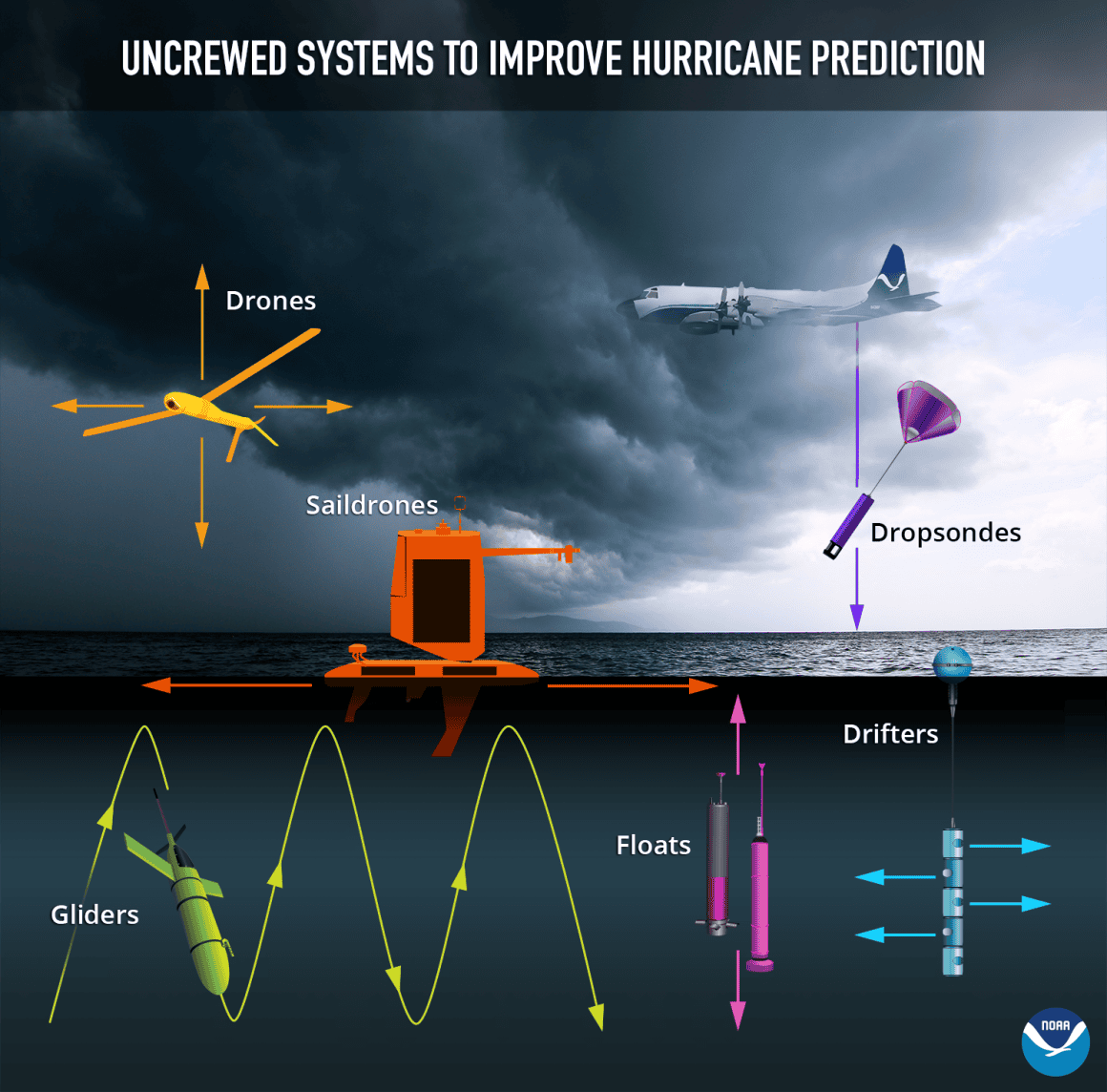
On a single mission flight, we have about 15 people on board–mostly pilots, navigators, and flight directors who navigate us around the worst of the weather. Then there are the engineers and technicians in the back who deploy and operate many of those instruments and look at the data as it comes in.
There’s always a lot going on on these flights. So many different people come together to collect this data, whether it’s for operational purposes for the National Hurricane Center (NHC) or for research missions. And I get to play a part in both, which is fun.
So, each flight has an overarching mission, but there are various “micro” missions going on at the same time.
Yeah, absolutely. And there are certain things–like if something’s not working–are we going to be able to fly the rest of the mission? Obviously, if something goes wrong with the aircraft itself, then we would turn around. Or we determine whether we can still complete the mission without whatever specific piece.
For research missions, in particular, if a certain piece of equipment needed for a mission isn’t working, we would have to turn around and get it fixed before we can gather the data that people are looking for.
Uncrewed Aerial Systems: The Instruments that Measure the Monster
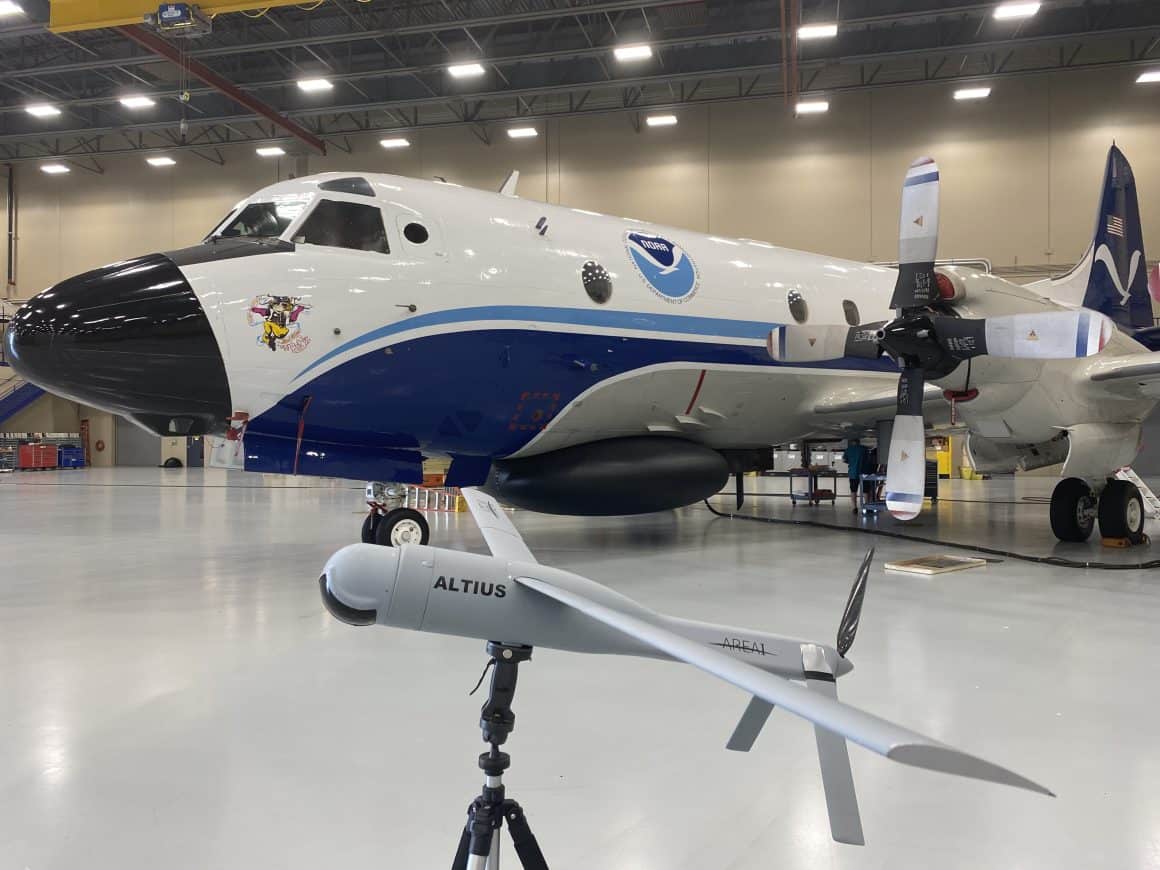
Tell us about the drones your team uses in these missions.
We use two different types of drones right now. One has a wingspan of about nine feet, weighs 30 pounds, and cruises at about 55 knots. It can stay aloft for about three hours, depending on the environment. That’s the drone we deployed into Ian two years ago. The drones we launched last week into Ernesto have a wingspan of about three feet. They weigh three pounds and cruise at about 30 knots.
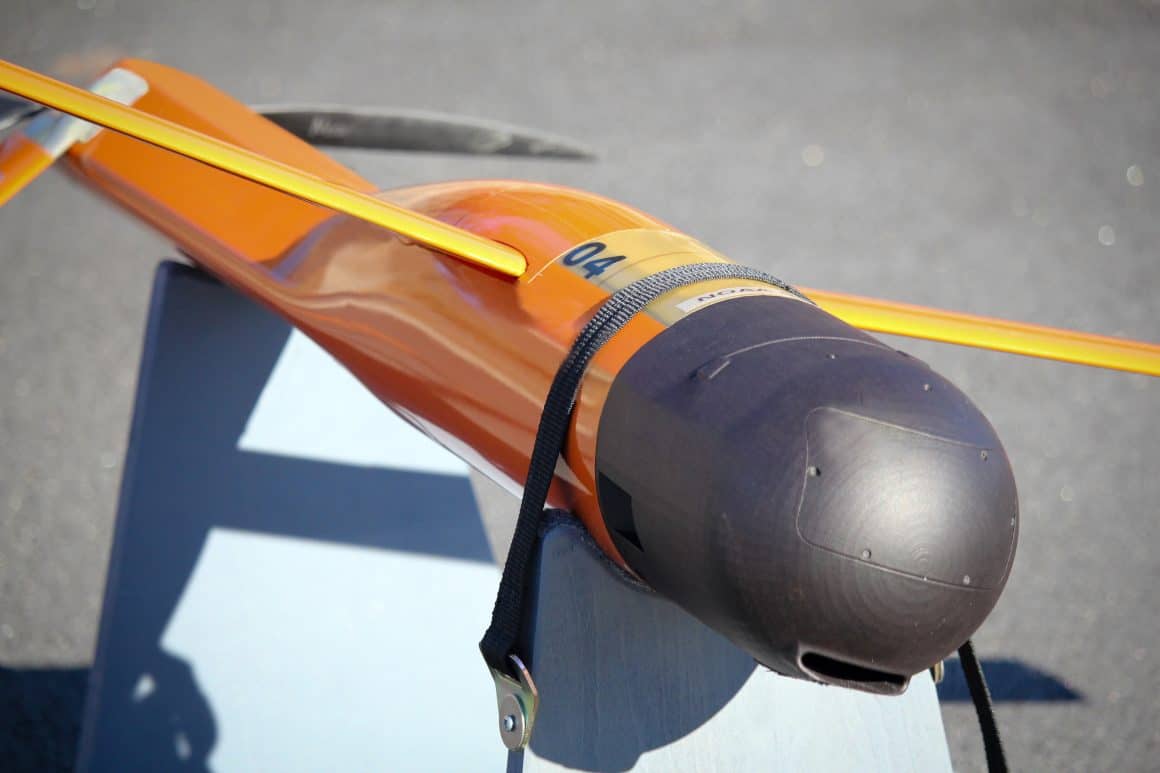
The two types of drones are designed for two different mission sets. The larger one, which they’ve primarily been using, is dropped into the eye. There, it will orbit inside the eye for a while before penetrating the eyewall. Then, it will make its way back into the eye. This helps track the storm as it moves.
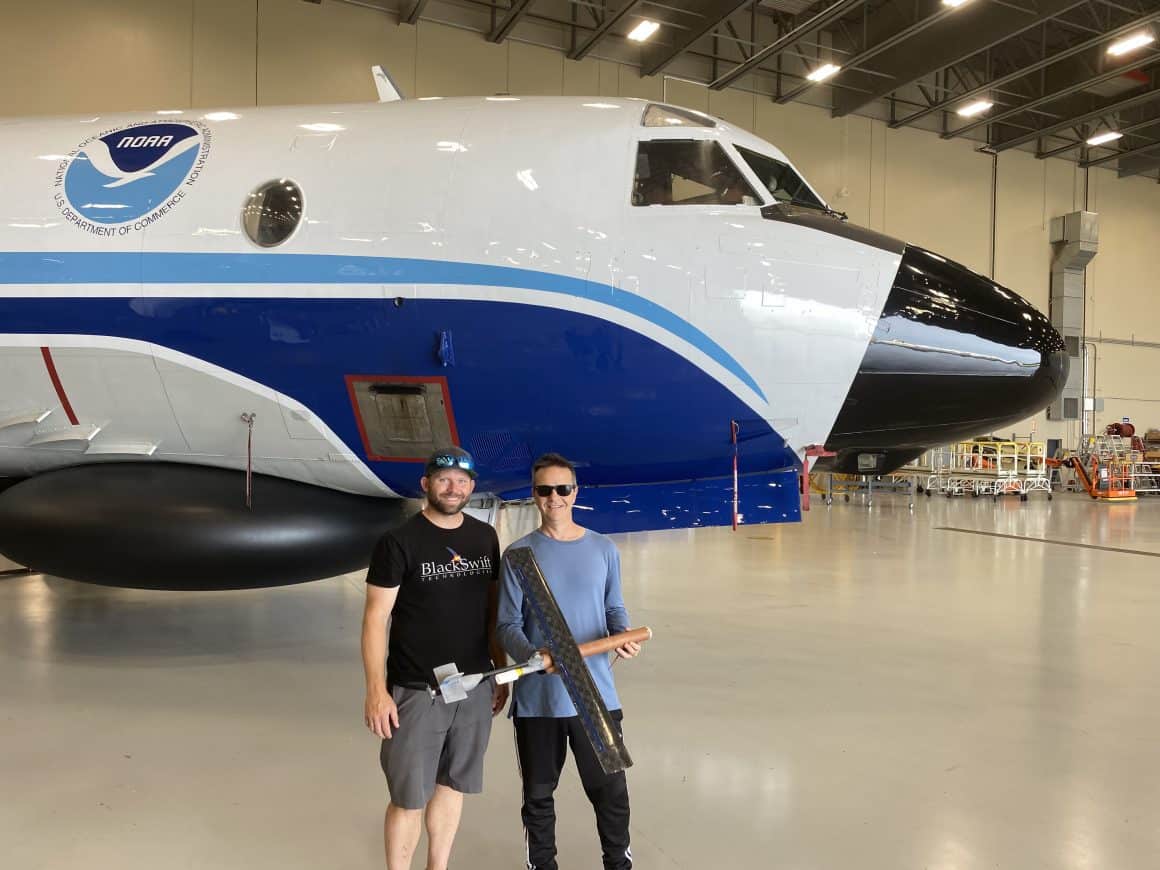
The smaller drones are deployed into different parts of the storm. They can only stay aloft for about 90 minutes. In Ernesto last week, we did a science module where we dropped the drone in a moat on our way into the storm, flew it up the moat into the eyewall, and then out into the eye.
In the P-3, we won’t fly any lower than 5,000 feet pressure altitude. What makes these drones so great is that they can get down to 30 meters off the water into what we call the boundary layer. This is where the ocean and atmosphere interact and where a lot of energy transfers happen within the storm. So to get that high-resolution data down at such a low altitude is something that we haven’t really gotten before. It’s an entirely new data set. It’s very exciting for the scientists, and depending on how that data actually improves the forecast models, we’re likely to see it become an operational product within the next couple of years instead of just a research product like it is right now.
The P-3 Orion Underwent Surprisingly Few Modifications to Become a Hurricane Hunter
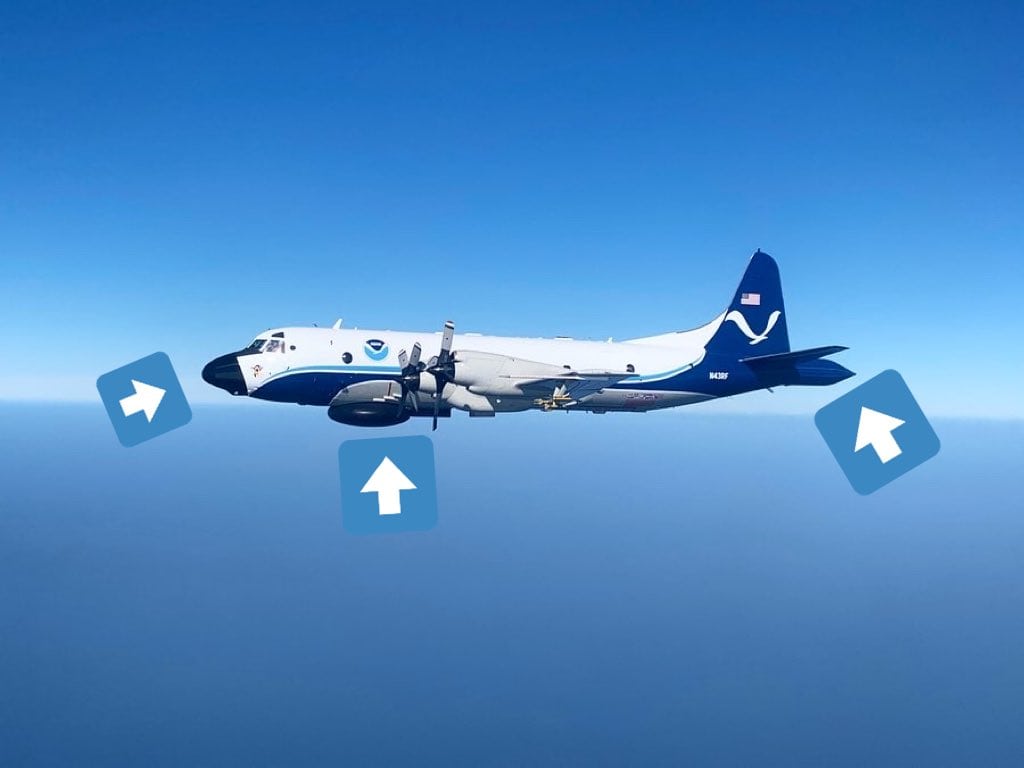
Did the P-3 Orion Hurricane Hunters require any special modifications to enable them to fly safely into such extreme weather?
The P-3s were originally designed as submarine hunters. The only modifications NOAA has made are the bulb that’s on the back of the airplane where the Doppler radar is, structural reinforcement of the floor for all of the scientific equipment on board, and the radome on the belly containing the 360-degree radar. These are the only three modifications that make it different from a P-3C platform that the U.S. Navy used to hunt submarines.
These airplanes have been flying into hurricanes for almost 50 years. There’s just so much tribal knowledge about the best altitudes, best airspeeds, and the means of doing it. The P-3 Orion is powered by four big propellor [Allison T-56-A-14] engines that provide a lot of horsepower. And up front, when we’re flying through a storm or through an eyewall, the pilots are focused on keeping us straight and level and keeping us on the target altitude. The flight engineer, seated between the two pilots, is just working the power levers, pushing them forward and pulling them back, and they’re focused on airspeed. We aim for 210 knots indicated airspeed (IAS).

I guess that’s a testament to how well Lockheed built these aircraft.
Yeah. As I said, they’re almost 50 years old, and NOAA is going to fly them for at least the next six years before we’re scheduled to get some C-130s. But that’s a long way away. (Author’s note: NOAA announced on 27 September that it had awarded a contract to Lockheed Martin for two specialized C-130J Hercules aircraft. These aircraft are set to join the Hurricane Hunter fleet in 2030)
I always recognize the maintenance team when I can because these nearly 50-year-old aircraft go out in storm after storm to fly these missions. So it’s also a testament to the folks who take care of them.
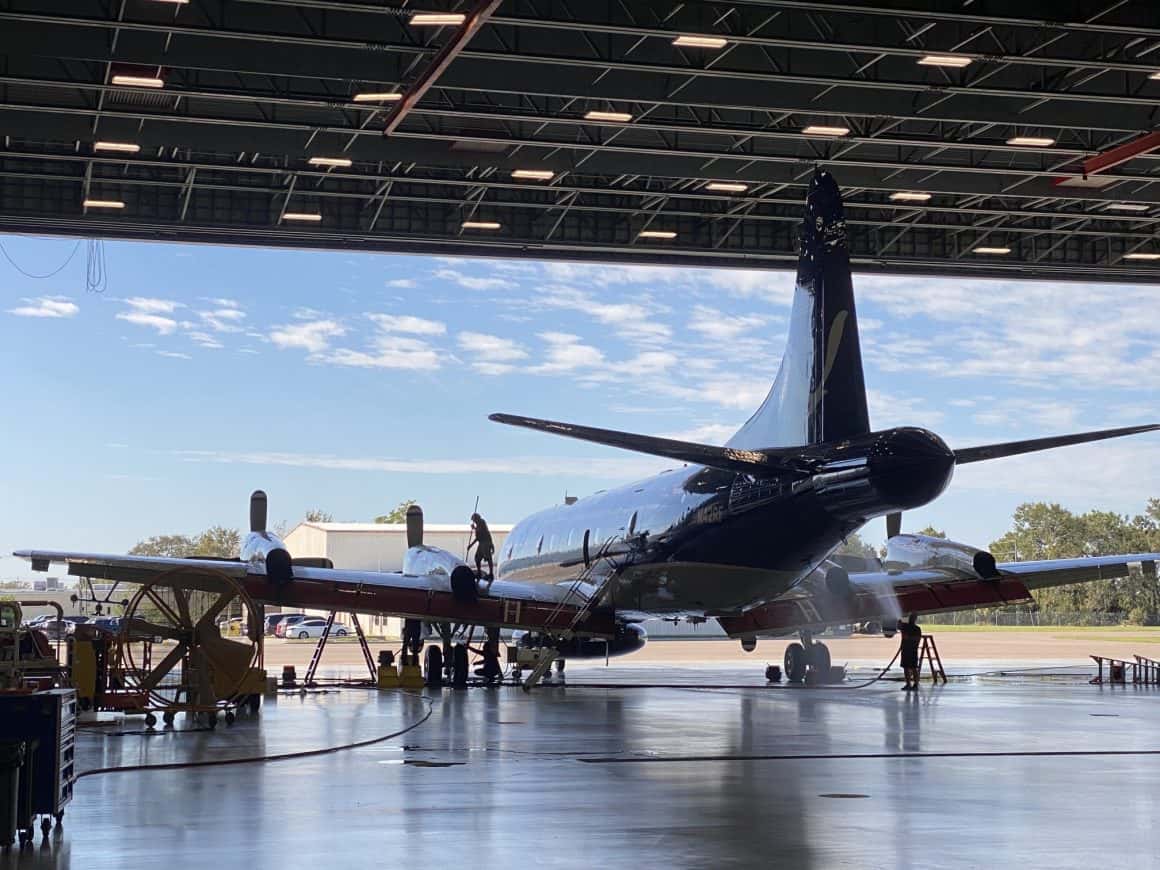
I always recognize the maintenance team when I can because these nearly 50-year-old aircraft go out in storm after storm to fly these missions. So it’s also a testament to the folks who take care of them. We’ve got a great maintenance team downstairs. They are incredibly knowledgeable about the P-3s and all the other aircraft we fly.
The Art of Flying Through a Hurricane
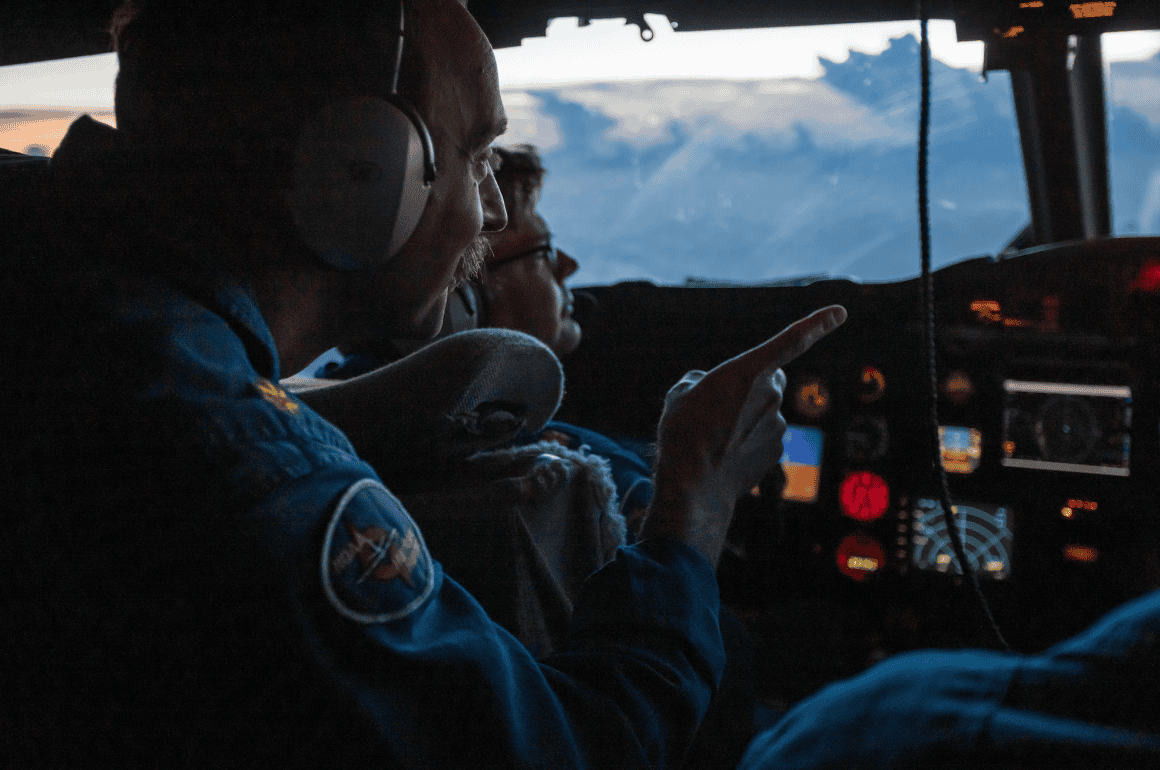
Let’s say you’re flying into a well-developed major hurricane. You first fly through the outer bands, then into the inner core as you approach the eyewall. Then you penetrate the eyewall and go into the eye itself. What is the most perilous part of a hurricane to fly through?
Every storm is different. You’ll find more general pockets of turbulence in weaker storms like tropical storms and Category 1 hurricanes. When you get into major hurricanes, the worst of it is in the eyewall. And what we found in Ernesto last week, and I think it was Henri in 2021, sometimes healthy hurricanes will get dry air intrusion. So you’ll get pockets of clear air that are just incredibly turbulent and just not fun to fly through at all. On the western side of Ernesto last week, we had finished our pattern, and we were just kind of orbiting, waiting for the drone to finish its mission.
We found ourselves in this pocket of clear air, and we were just getting bounced around a ton. I also remember on a pass through Henri, a Category 1, three years ago, we were inbound from the west and getting rocked as bad as you would in the eyewall of a major hurricane for miles and miles and miles. So it really depends on the storm, and anytime the flight directors on board are talking about dry air intrusion, now I’m just like, ‘alright, buckle up! Get ready! It can hit us anytime.’
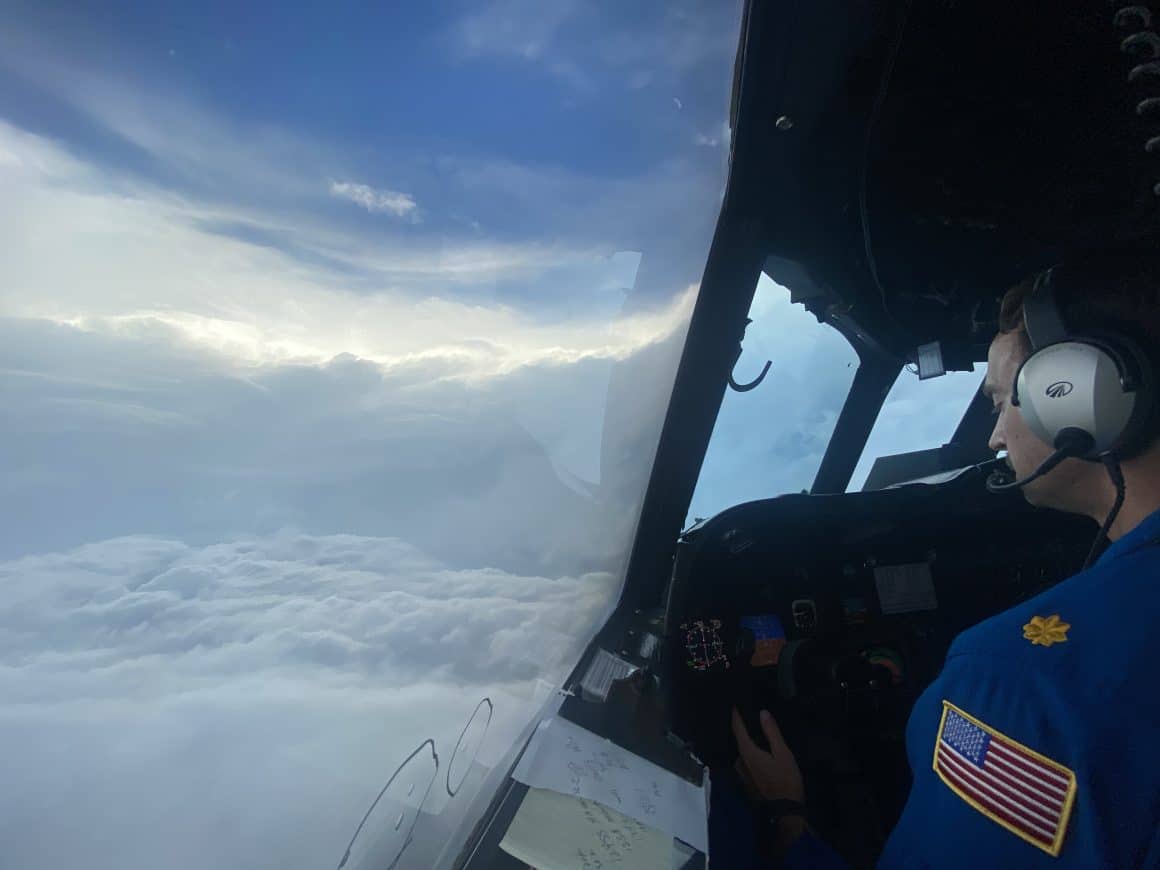
How long do you spend flying through an eyewall?
Again, it depends. At our speed, we cover about four nautical miles a minute. And I remember in Ian when that clip I took got a bunch of coverage in the press, it was a two-minute clip I had taken from a longer ten-minute video that I had been filming of us just going through the eyewall. That eyewall was 40 miles wide. And in the video, you can hear me say we’ve got to be coming out of this at some point because it just kept building and building and building. And, of course, we can see it–we’ve got the radars on board, and you can see the eye structure and everything. But the problem is that radars can get attenuated, and sometimes you’re not getting the full picture. So yeah, we were flying through it, and it just kept building up.

I knew it had to end. And eventually, it did. Then we’re orbiting the eye, which, at this point, is in the shape of an oval. We’re trying to stay in clear air. It’s still dark because the sun hasn’t risen yet. And even though we’re doing a tight orbit in the eye, we’re still hitting like 90 to 100-knot winds–in the clear part of the eye! So that was just not a fun pass through a storm.
Preparing for a Mission
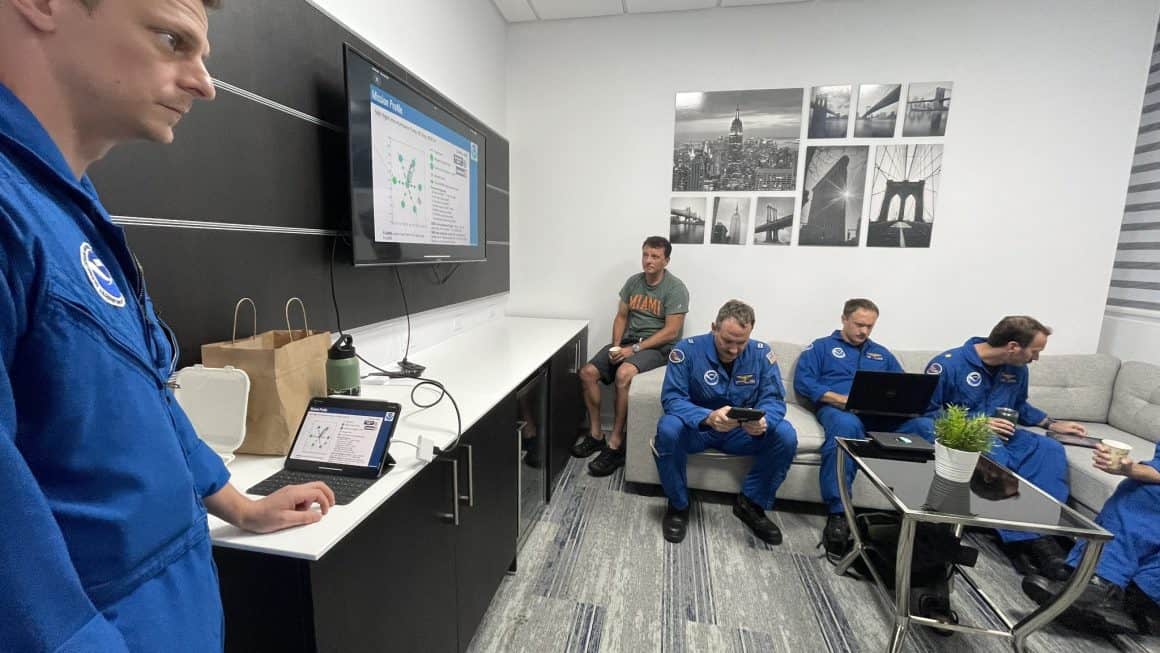
Take us through the preflight process and preparing for a mission.
When we go to preflight, the engineers, technicians, and maintainers will go straight out to the airplane, and we’ll start prepping the science systems. We’ll prepare dropsondes. The maintainers will do all of their preflight checks, walk around the airplane, and make sure nothing’s amiss. They’re checking fluid levels. They’ll fuel the airplane. And while we’re doing that, the pilots, scientists, and flight directors will brief the mission. They’ll talk about the flight track, souls on board, and how much time it’s going to take to fly a pattern, and then they’ll come out to the aircraft. The pilots themselves will do walkarounds, checking the airplane and making sure everything is good to go.
Then we’ll do a planeside brief, where we run through things like emergency procedures. The flight director will talk about the mission pattern. The navigator will talk about the furthest distance from land, the furthest distance from home, emergency procedures, what to expect when we land, and what the next mission is going to look like. Then we’ll start our engines and go.

It comes back to what I said earlier about it being a complex operation with a lot of different people who have different areas of expertise. It’s very neat to watch all of that come together and work. It’s very, very cool.
Hurricane Tracking is a Joint Effort Between Several Agencies

Take us through the evolution of how storms are tracked–from formation to landfall. Obviously not every mission can begin and end at Lakeland.
Correct. We’ll start flying storms while they’re still deep out in the Atlantic, especially if it’s going to be a a long trek Atlantic hurricane. We’ll deploy as far east as Barbados to get out as far as we can. Now, if Barbados and, say, the Leeward Islands look like they’re going to be in the path, then we’ll back up a little bit. We’ll also deploy to places like St. Croix or Aruba.
Typically, the Air Force will first get tasked for what are called low level Invest missions. That’s when a potential cyclone is still an open tropical wave and hasn’t yet developed. But they’re out at usually between 1,000 to 5,000 feet trying to find a center of circulation. So that is the very first, initial steps of hurricane hunting. The NHC then tries to send an aircraft out to it to get in situ data. Most of the time, it’s the Air Force. Sometimes we get tasked with those missions. It just depends on who’s available and where the assets are.
Once it forms, if it looks like it has a track that is going to impact the islands and eventually the mainland somewhere, then they’ll start operational reconnaissance missions. For us, that can look like flights on the P-3 to collect tail Doppler radar data because that provides a clear understanding of the structure of the storm and whether or not it’s going to really spin up into something big. If there’s a lot of uncertainty in the track of where it’s actually going to go, that’s what the G-IV will get tasked to go fly a mission above, around, and in front of the storm, sampling the environment that it’s in to try and nail down where it’s going to go.

So those missions will start, and then if it looks like the storm has the potential to be really bad for a lot of people or a lot of places, they’ll start to spin up 24-hour operations. That’s when a crew will go out, fly an eight-hour mission, and come back. Then another crew goes out, flies an eight-hour mission, and comes back.
The goal with forward deploying to the islands is to get as close as you can without being in the path. Ideally, we’ll have anywhere from a 60 to 90-minute transit to get out to the storm because that usually means we’re far enough away to where it’s not going to bother us, but we’re close enough to where it’s not going to take us hours and hours to get out there. Because the longer it takes to get out there, the less time we have in the storm.
So yeah, that can mean nights away from home, tactical repositioning, and moving from one place to another–but still not home–just to keep flying missions and stay within range of the storm.
A really good example of forward-deploying flying missions and then having to bounce around and do weird stuff was during [Hurricane] Laura back in 2020. We first deployed to St. Croix and flew out to what was still Tropical Depression 13 at the time. We did a low-level Invest mission. Found the center of the storm about 50 miles farther south than they expected it to be. When we landed, our flight director was looking and was like, this thing’s going to be here in 12 hours. We gotta go.
And so we went back to the hotel, grabbed our stuff, went back to the airplane, repoed to Fort Lauderdale, and then sure enough, 12 hours later, it was over the top of St. Croix. We’d of been there and wouldn’t have been able to take off. We fly a mission the next day as the storm is over Hispaniola. We’ve got certain policies about flying missions over land. We don’t like to do them. Hispaniola has mountains, and so that was a mission where we basically just did a circumnavigation of the island while the storm was making its way over it, and then headed back to Fort Lauderdale. The next day, we flew another mission out to the storm, landed back in Lakeland, and then flew missions out of Lakeland until Laura ultimately made landfall in Louisiana.
So that’s how things can evolve when you’re tracking a storm. You want to be close to it. Sometimes, you end up in the path, and you have to do a lot of logistical work to get people in the right spot.
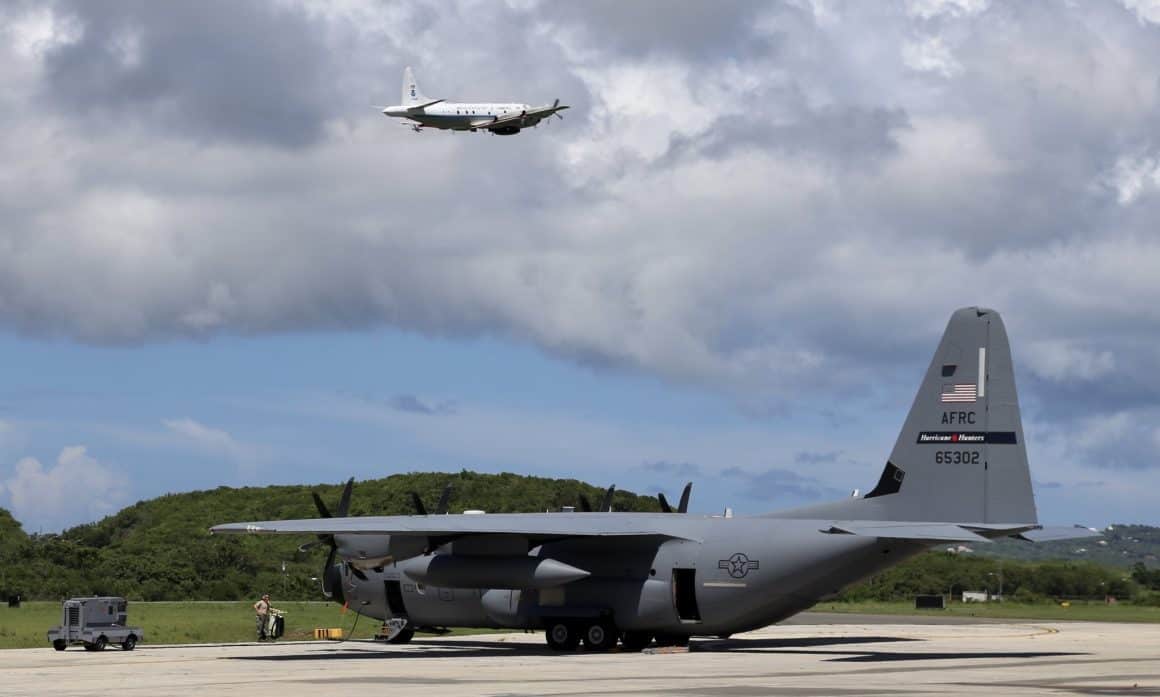
There is so much coordination that goes on between our office, the NHC, the Air Force–so many different players that will be in the storm environment at the same time. We’re deconflicting, we’re talking to each other, we’re sharing information.
Challenges Abound in Every Mission, but Awareness and Preparation Are Key
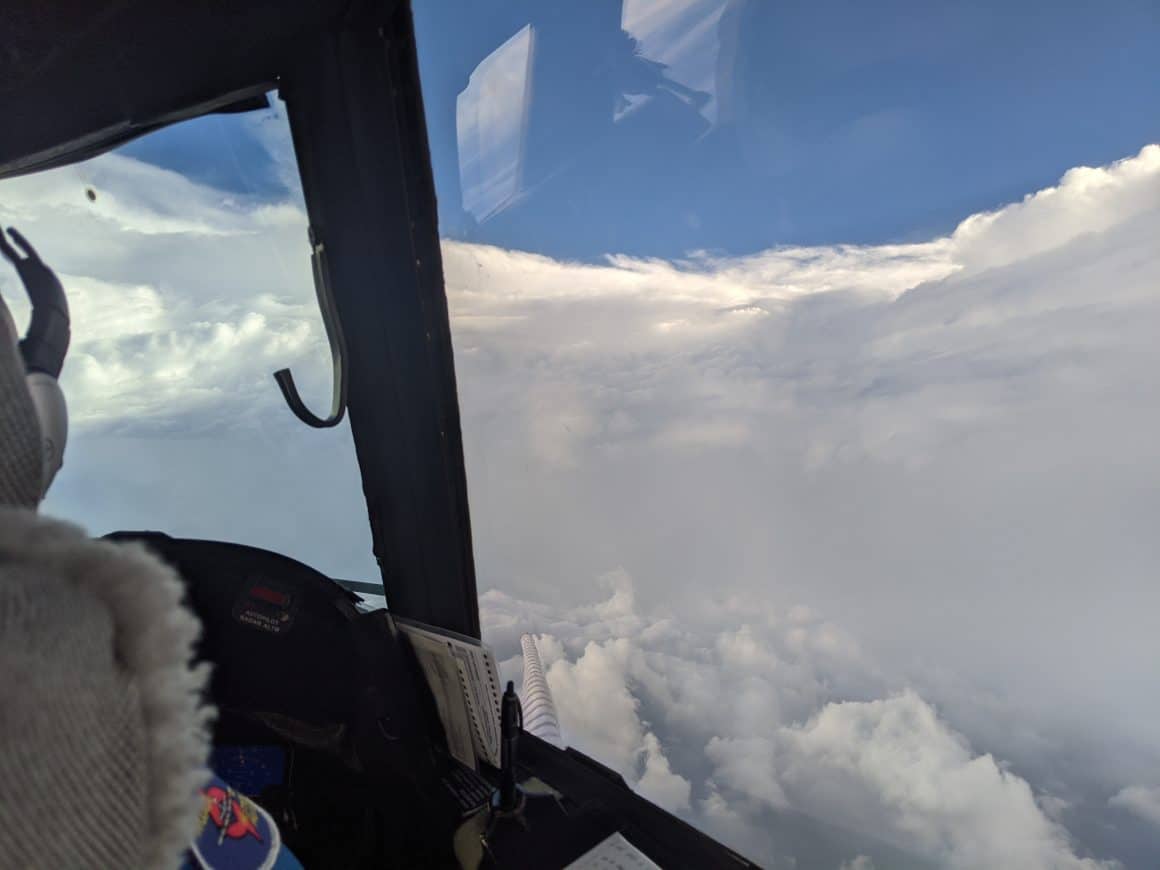
What would you say is the most challenging aspect of flying through the extreme nature of a hurricane? Is there a part that gets you every time?
Every storm is different, and every mission is different. I’ve been on flights where I’m the dropsonde operator, and dropsonde after dropsonde isn’t initializing correctly–or working at all. And so you’re working double time, trying to get all the dropsondes prepared to make sure that you’ve got one ready in time for whatever the next waypoint is. Then there are flights that are challenging for the flight director. Sometimes, we’ll get into the eye, but then our track out has nothing but unfriendly-looking features on the radar that they’re trained to avoid. But we need to fly a certain track to get the correct tail Doppler radar data.

There are also obviously challenges for the pilots and the flight engineers during every mission. Managing turbulence and keeping the aircraft straight and level–there are a million little things that can go wrong or present challenges. So we take a lot of great care to make sure people are trained. For example, dropsonde operators are taught the basics of operating them, including starting them up and launching them. But then there’s a lot of knowledge that has to get passed off, too.
All throughout the year, the pilots are training, making sure they understand checklists, and getting enough experience doing this so that you know, inevitably, when a pilot moves on to a different billet or retires, or whatever, we still have people who have that expertise and knowledge that’s been passed down, to still go out and execute the mission.
People always ask what we do during the rest of the year since hurricane season is only six months long. We fly different kinds of science missions all throughout the year, and that allows all those people, dropsonde operators, pilots, flight directors, and navigators, to stay fresh and get more experience on the airplane, get more time, and see more things. That just better prepares them for the days when things aren’t going to go smoothly. This also lets the crew get familiar with these procedures, like pulling the fire bottle off the wall and getting the oxygen tank out of its holder–things like that–so in the event that something happens for real, instinct kicks in. You know what to do.
The Emotional Toll of Forecasting Disasters
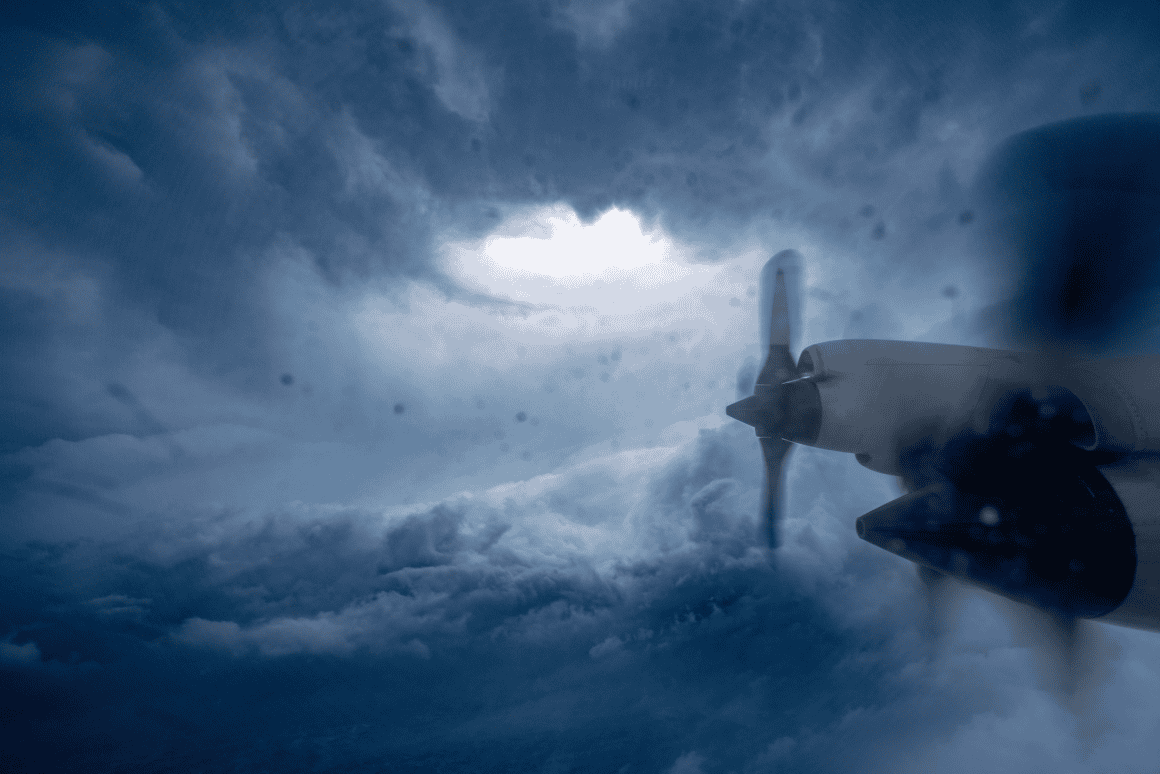
Besides the infamous Hurricane Ian mission, what are some of the most memorable or intense moments for you?
That is still the worst flight I’ve ever been on. But last week, as a personal goal, I hit 100 hurricane penetrations. 100 times into and back out of a storm. So that was a big milestone for me.
For me, I like talking about my most memorable experience because it means a lot to me. In 2018, we deployed to Bermuda to fly missions into what was, at the time, Tropical Storm Florence. We flew three missions into Florence as we watched it go from a tropical storm to a category four hurricane in two to three days. That was very impressive to watch.
Florence went on to make landfall in North Carolina as a category one hurricane, causing quite a bit of damage. But I remember that set of missions very vividly because I had started working for NOAA in 2016, and I don’t know if was this particular crew I was flying with or the mission itself, but it was the first time I truly felt like I was part of the team and that I was a full up contributing member. It just meant a lot to me because it had been two years of keeping my nose to the grindstone and working hard. And now I get that every time we go do something. It’s very rewarding to be part of all of that.

Another memorable mission was during Hurricane Maria in 2017. I was on a mission aboard the Gulfstream IV a couple of hours before it made landfall in Puerto Rico. The primary mission of the jets is to sample the environment around the hurricane to understand the steering currents where it’s going to go. The P-3 usually flies between five and 10,000 feet, while the jets get up to 45,000 feet. So the jets are above, around, and in front of the storm while the P-3 is doing its zigzags back and through the storm.
So I was aboard the G-IV. We’re flying a mission around Maria, and I remember that being a very somber mission. Maria was a Category 4 hurricane, and every bit of data that we were collecting was showing that it wasn’t going to turn. It was just going to barrel straight into Puerto Rico. Obviously, you come into this job having an understanding of the importance of the data and why it matters, but this mission really drove it home for me.

And I remember in 2018, I was on a Caribbean hurricane awareness tour to Puerto Rico eight months after landfall. We were on the east side of the island, the side the got the worst of the storm. Seeing the destruction and all the downed trees was truly sobering. As part of a hurricane awareness tour, you talk to the public, talk to emergency managers, show off the airplanes, and talk about the mission and why it’s important. And at the event that day in Puerto Rico, something like 20,000 people showed up. And every single one of them comes by and thanked us for what we do. It meant so much to us.
I’m incredibly lucky to be in a job that is not only rewarding most of the time but also matters to a lot of different people.
So when I get frustrated with work or just feel somewhat unhappy about my job, I try to think back to those moments and remind myself that I’m incredibly lucky to be in a job that is not only rewarding most of the time but also matters to a lot of different people.
And has the potential to save countless lives.
That’s what the whole mission is about. It’s about providing that forewarning, that advance notice of an impending storm, and giving people time to evacuate and prepare their homes. It’s a heavy job sometimes, for sure.
Onboard Team Coordination in a High Stress Environment

Missions are obviously high-stress environments. How do you coordinate effectively as a team–especially in such extreme conditions?
So we’ve got the internal communication systems on the aircraft. It’s more split apart on the P-3s. So the pilots, the flight engineer, the navigator, and the flight director will be on their own smaller network. Then the flight director will be listening in on the other network on board that the dropsonde operator, technicians, and scientists talk on. The flight director is the go-between the front of the plane and the back.
When we’re on an eyewall pass, nobody’s really talking on the networks unless they absolutely need to be talking. So if you sit up front during an eyewall pass, you’ll hear the pilots and the flight engineers talking, and they’re working together.
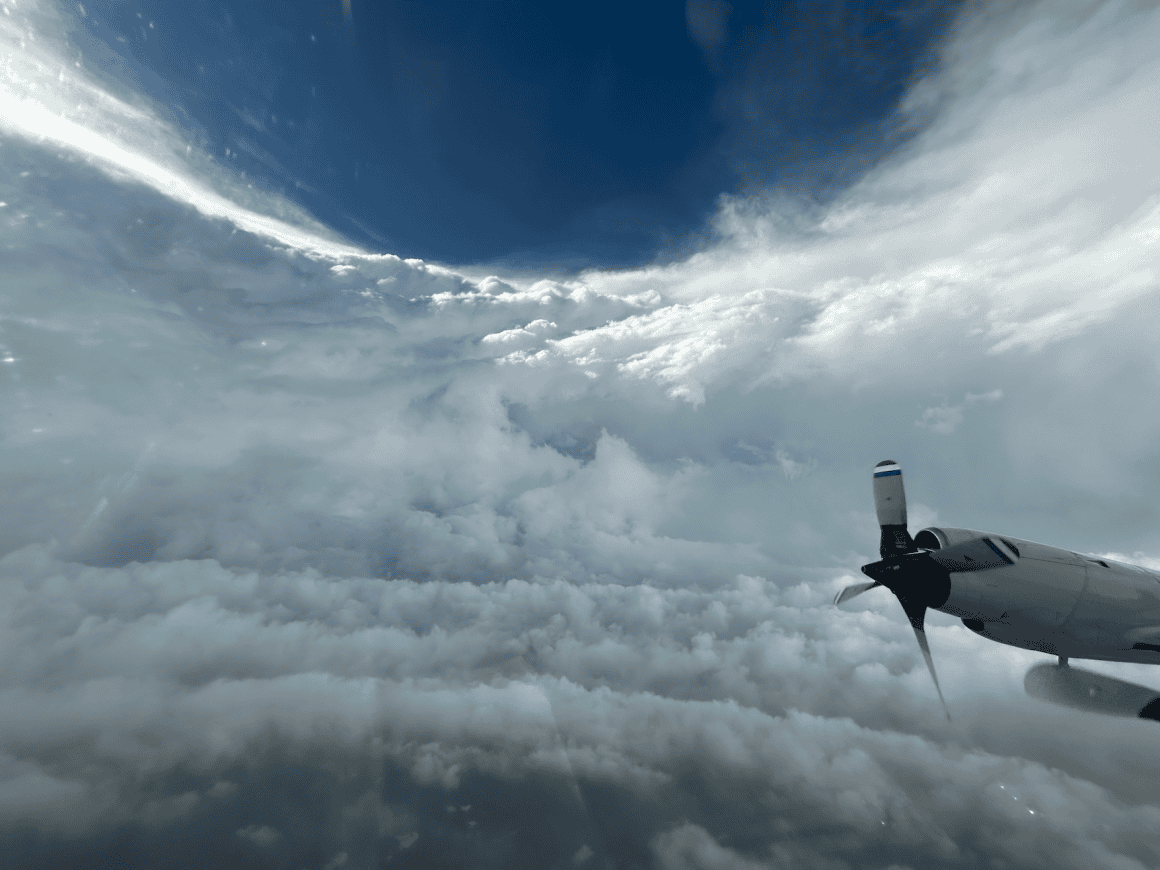
For example, the aircraft might be going too fast, and the pilot asks the flight engineer to bleed off some airspeed. The flight engineer lets them know they’re at flight idle and can’t pull back any more. Then you’ll have the flight director letting them know what they’re seeing on the radars and advising them to pull the aircraft five degrees to the left, five degrees to the right.
Meanwhile, the flight director is also talking to the scientists in the back, keeping track of where we’re at in the storm because we need to deploy dropsondes at certain points. So they’re communicating with the dropsonde operator in the back. And as a person who sits in the back most of the time, I don’t say anything while we’re going through a storm other than ‘sonde away, looks good.’ And that’s all the flight director needs to know.
There’s a lot of respect for the different jobs that people are doing aboard the aircraft and understanding that they need to focus.
Mindset and Proper Rest are Paramount for the P-3 Orion Hurricane Hunter Crews
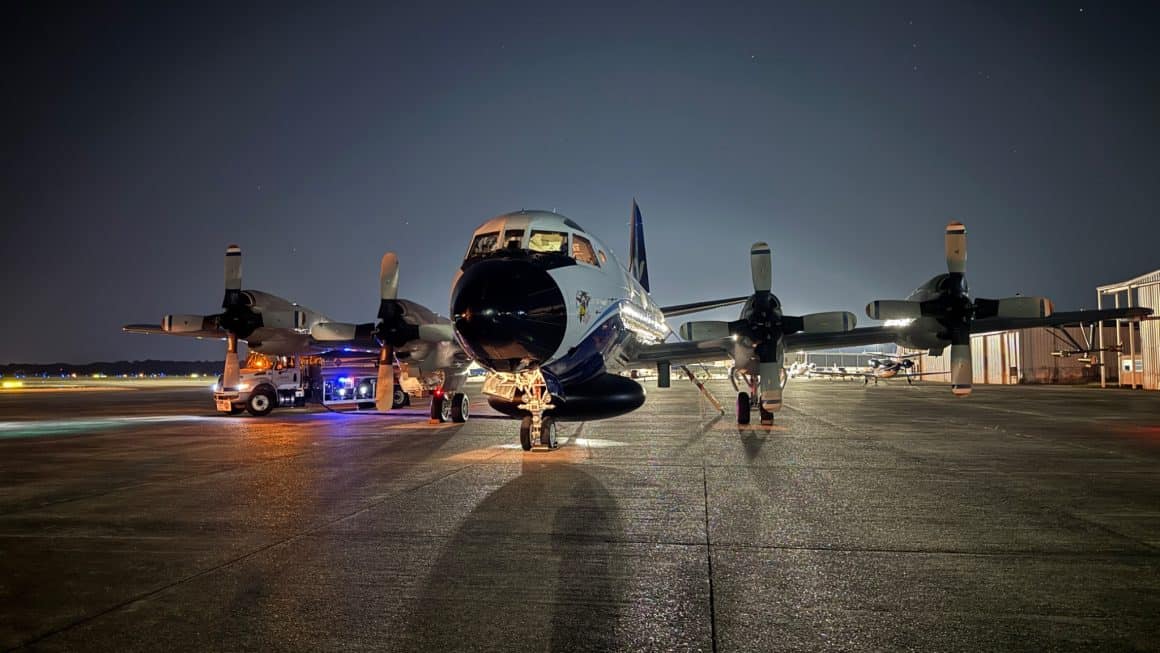
Are your schedules dependent on the National Hurricane Center’s advisory schedule?
We coordinate with the National Hurricane Center to time our missions. The folks at the modeling centers need our data, and it has to get from the airplane to the ground in enough time for it to be ingested into the next set of model runs. So, that is primarily what drives a lot of the P-3 takeoff times. We want to get on station and get our passes in with enough time to meet that window. If we’re doing a center fix for the NHC, that also has a tight window for us to reach the center of the storm.
There is a lot of coordination, and often, that involves people shifting their circadian rhythms. For example, if we have to take off at four o’clock in the morning, that means you have to be preflighting at 2 a.m. Preflighting at 2 AM means you probably have to wake up at 1 AM. And so there’s a lot of that throughout the year, depending on which crew you end up on, where you can end up with some weird sleep cycles.
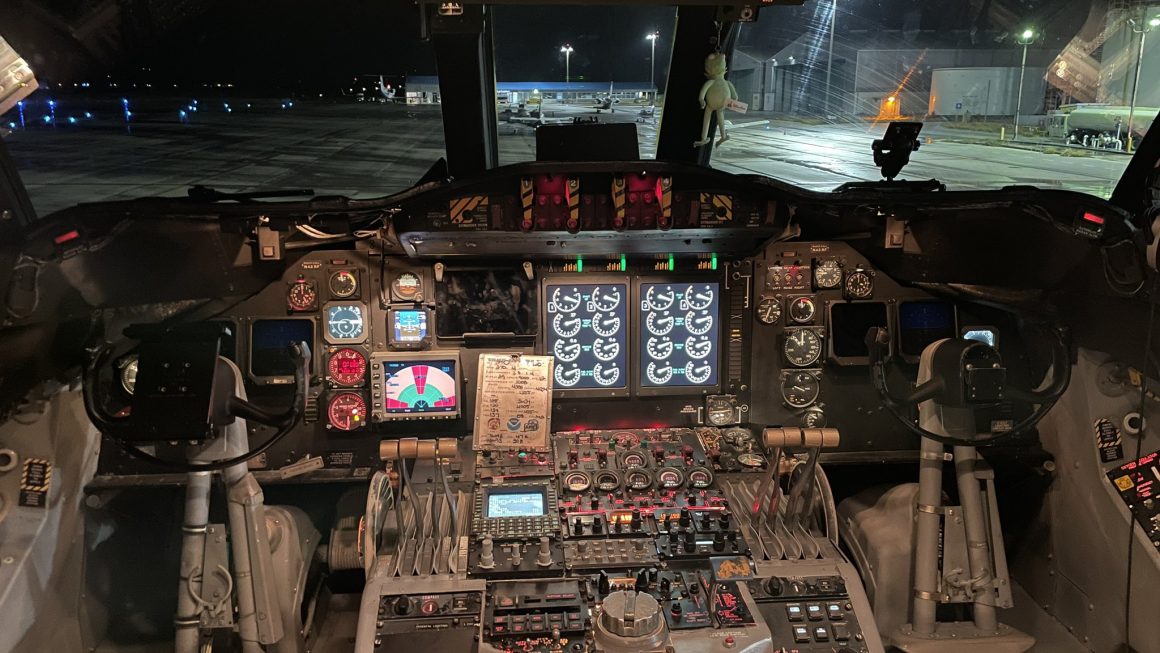
Mindset must be very important in a situation like this. How do you manage the physical and mental demands of flying in such a high-stress environment?
We have policies in place to mitigate exhaustion and give people time to breathe. One of the policies is that you can’t fly more than six days in a row without taking a day off. So you can fly for six days, but on the seventh day, you have to have a down day. You can’t go fly. You need to recharge, refresh, and have some time away from it.
We also have policies limiting flying to 120 hours in 30 days. However, if someone wants to exceed those 120 hours, they can sign a waiver saying they fully understand the risks. Nobody ever pushes it on us.

There are also crew rest limitations stating that the crew must have at least 12 hours of downtime before they fly again. Sometimes, we push that limit by doing what we call “min turns.” A min turn is the minimum amount of time allowable per policy before you land from one mission and then go fly another one. And those aren’t fun. Normally, it’s nice when you have the extra couple of hours to rest and just do whatever you need to. But all of that’s documented and in place to try to protect our folks.
Are your pilots regulated by the FAA like their commercial counterparts?
I’m not a pilot, so I can’t speak from that perspective. However, internal policies guide all of that, and I think most of those are in line with FAA policies.
The Historic P-3 Orion is at the Forefront of Aviation and Meteorological Technology
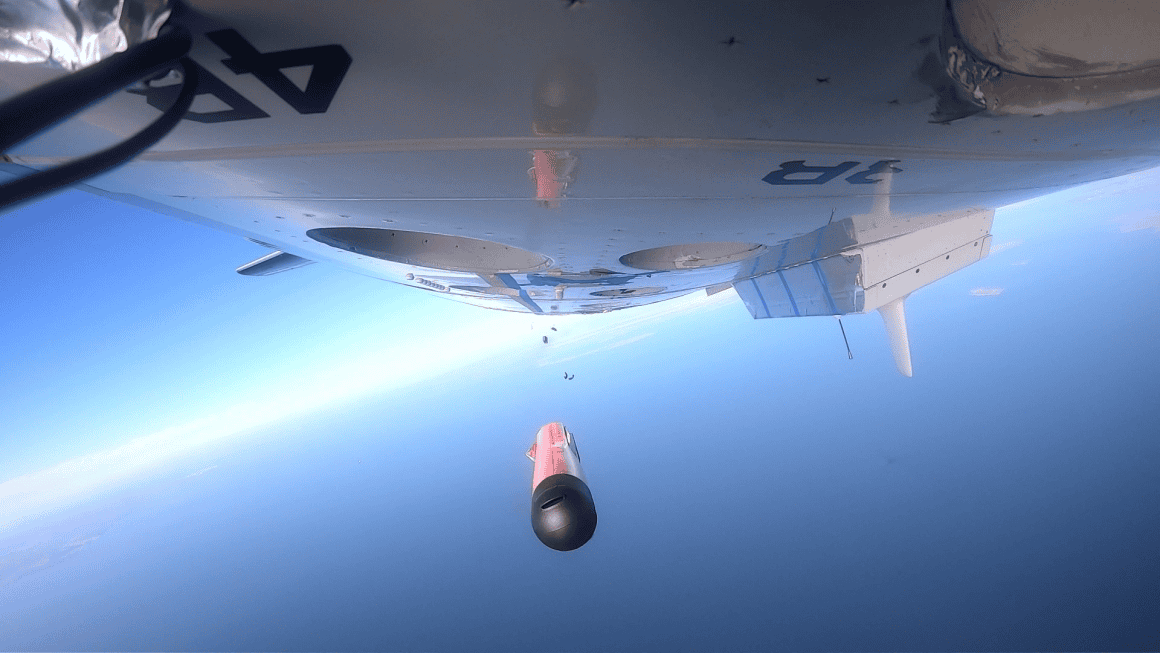
Since you started with NOAA in 2016, what has been the biggest change in the way you fly missions?
We drop a lot more stuff out of the airplane than we used to. When I started, it was basically just dropsondes and expendable bathythermographs. That was kind of it. Now, we have drones, two different types of drifters, and multiple types of dropsondes. In addition to those, every year or two, scientists will come through with a new gizmo designed to measure a new type of data, or maybe the same type of data–but differently.
And the other non-flying part of my job is talking to those scientists and understanding what they’re trying to do figuring out how we can integrate that onto the airplane and still play nice with all of the other systems that we have on board. So it’s really neat that I get to see all this new stuff coming through and then get a deep understanding of it. And then our engineering team and technicians get it on the airplane, then I still get to go fly missions and see it collecting data. You get to see the fruits of your labor a lot, which is really nice.
Satisfaction for a Job Well Done
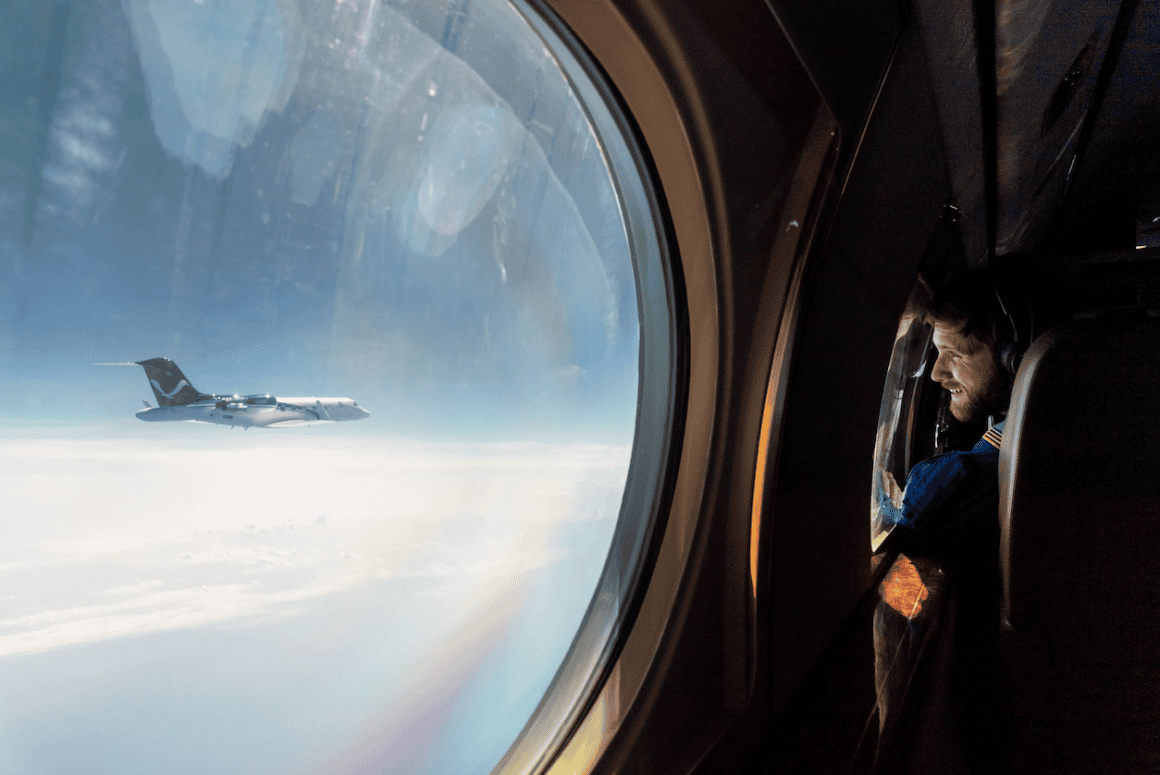
What’s next for Nick Underwood?
Great question. I love my job and I love where I work. I don’t know what else would be as exciting and fulfilling as the job that I have now. So right now, I am just kind of coasting where I’m at, and I’m sure something will come along in a couple of years to move up in our office or maybe an opportunity to move up within NOAA. But for right now, I have found a little spot where I fit nicely and I enjoy it. I don’t feel too comfortable to the point of being complacent, where I’m not pursuing anything more for myself. I feel challenged and I feel rewarded, and that’s what I’m after right now.
AvGeekery wishes to thank Nick Underwood for his time and in-depth storytelling and Jonathan Shannon, NOAA Public Affairs Specialist, for his help in coordinating this project.

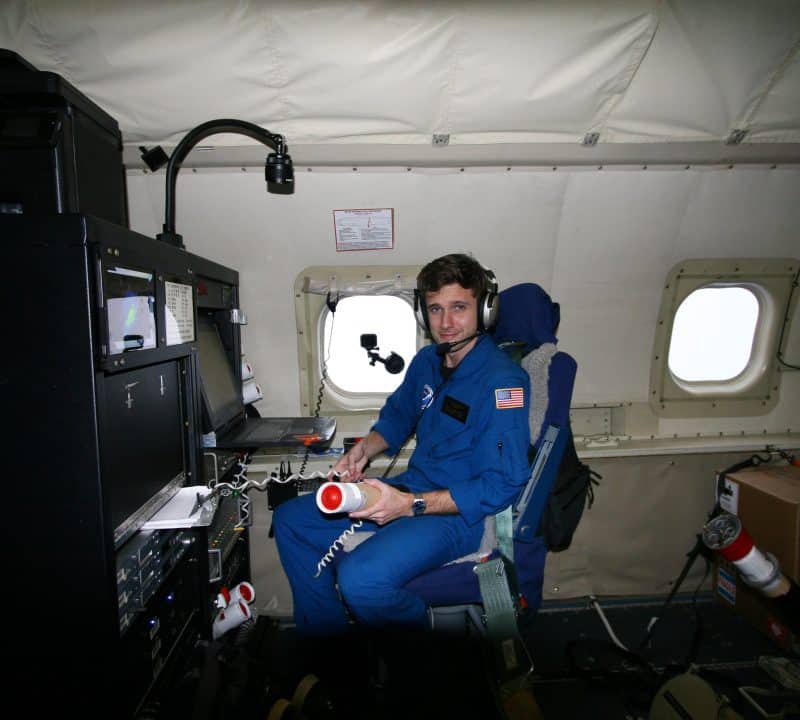
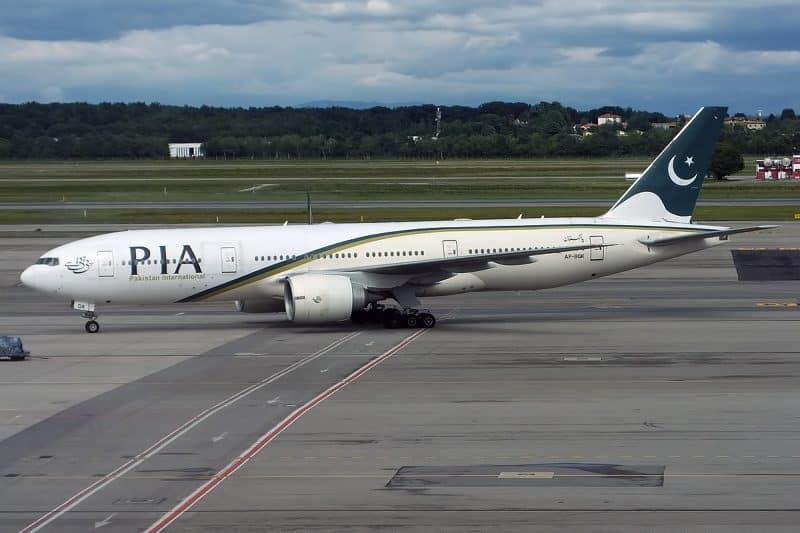

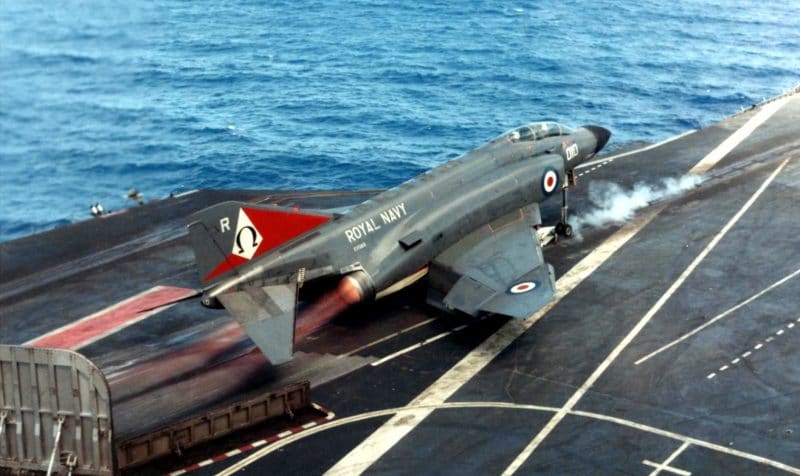
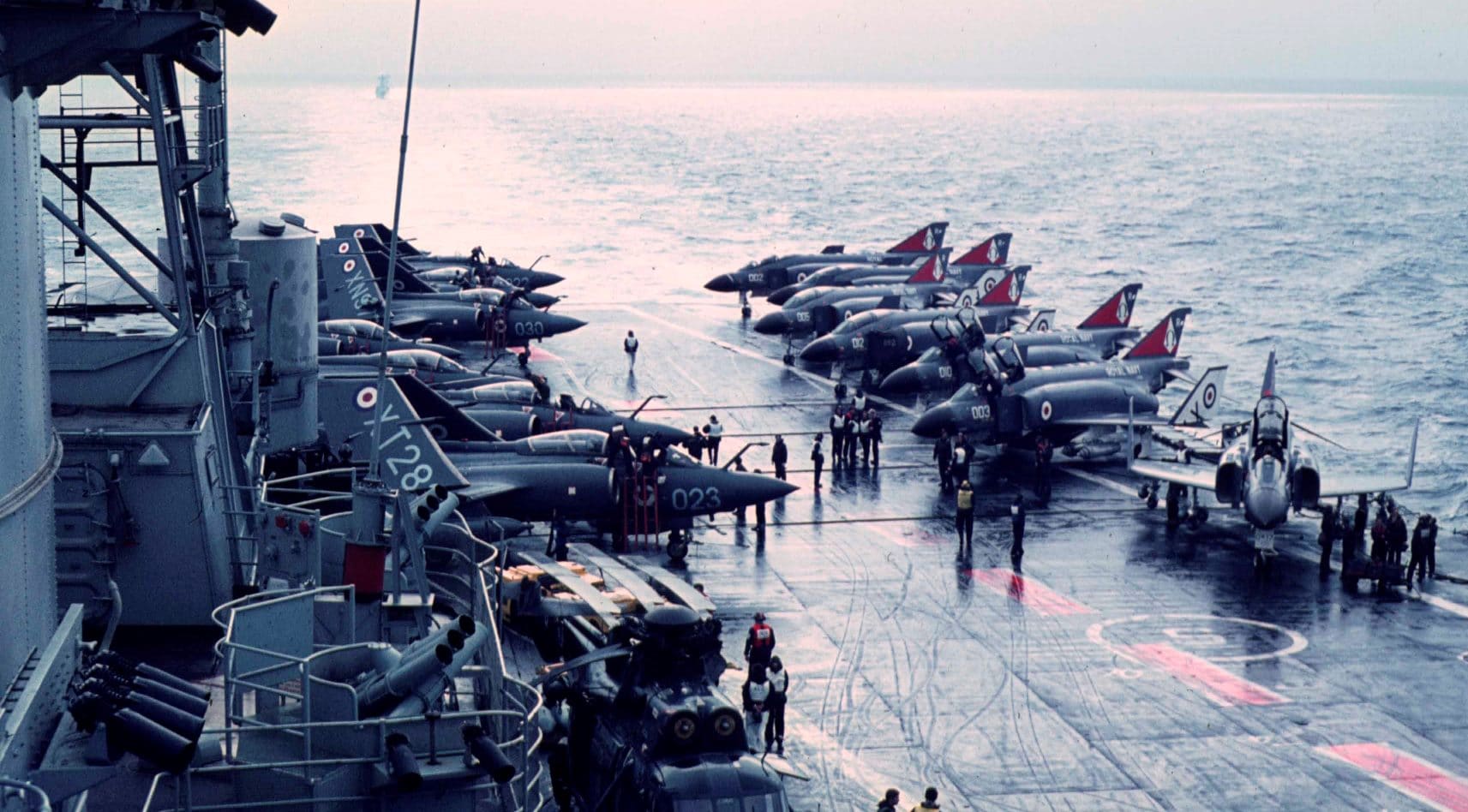
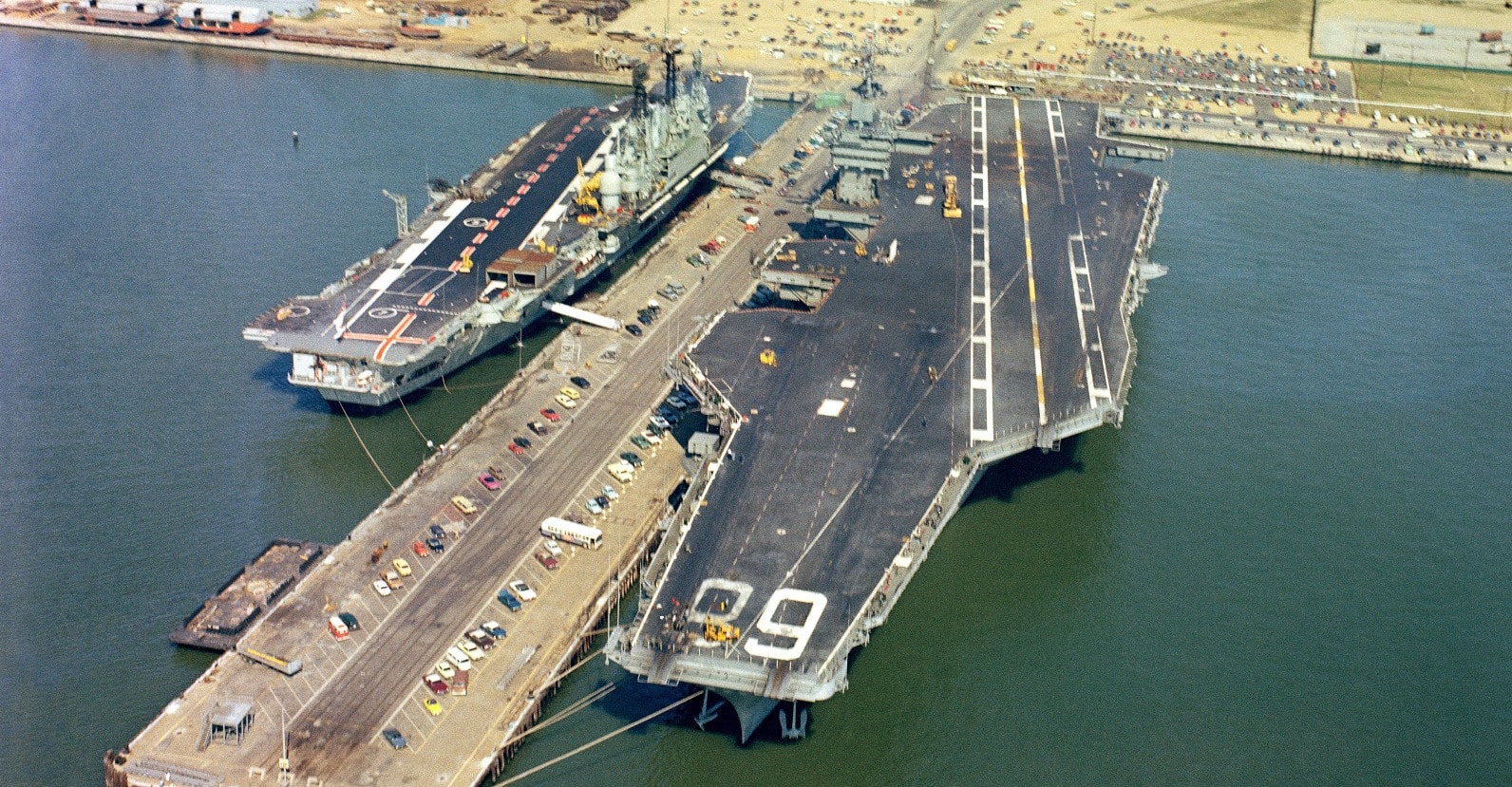
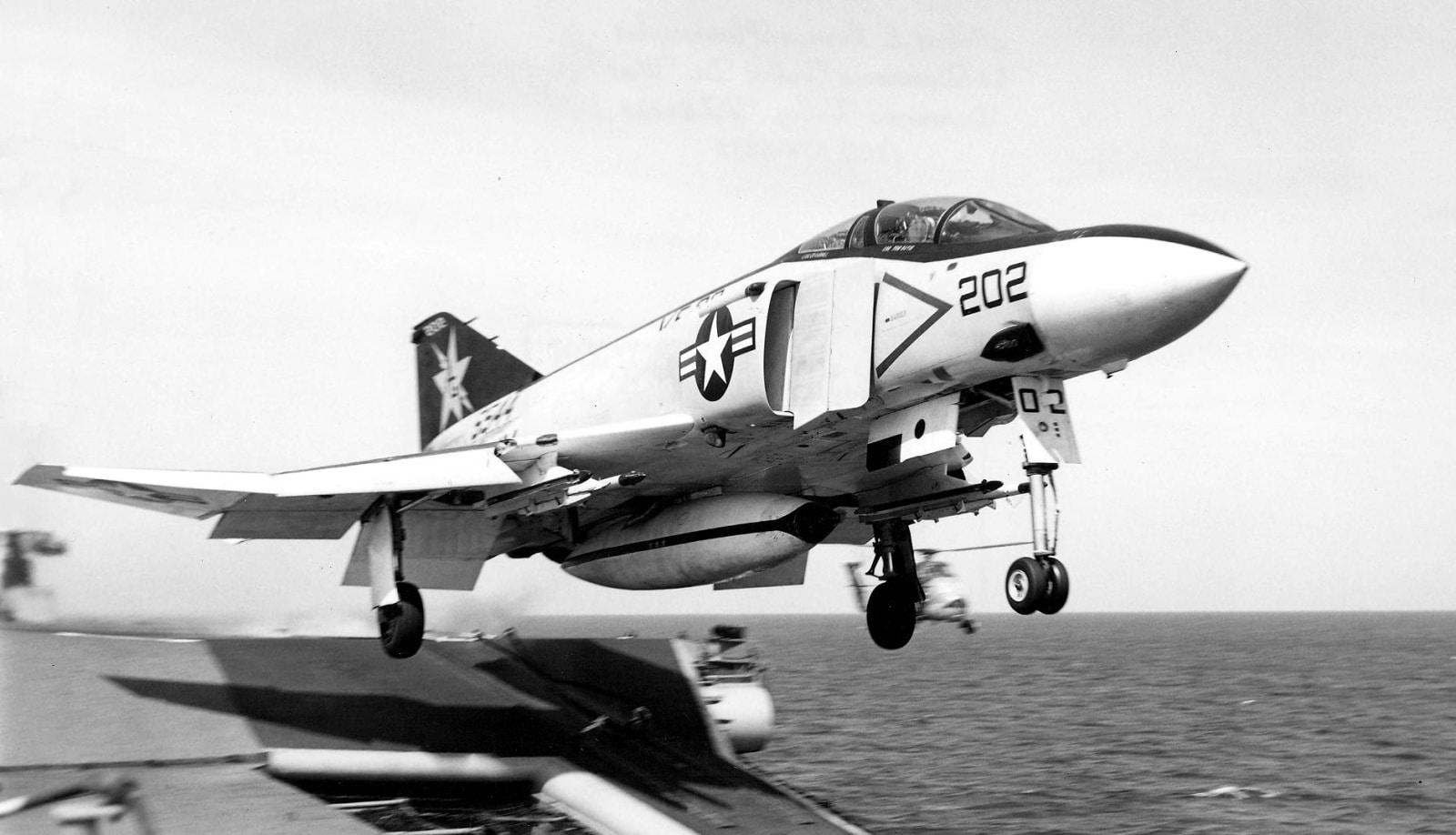



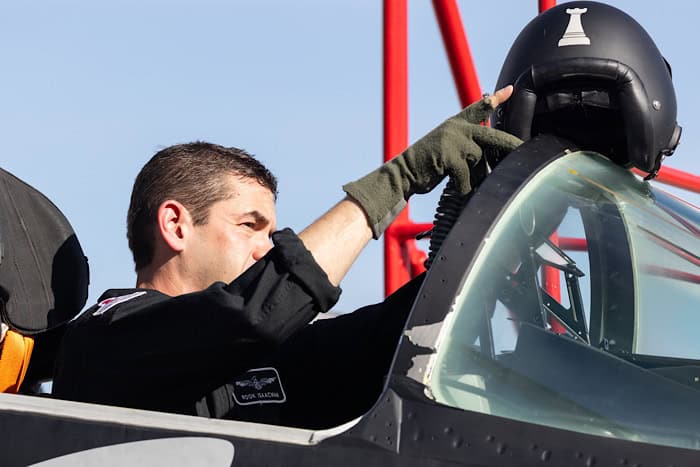
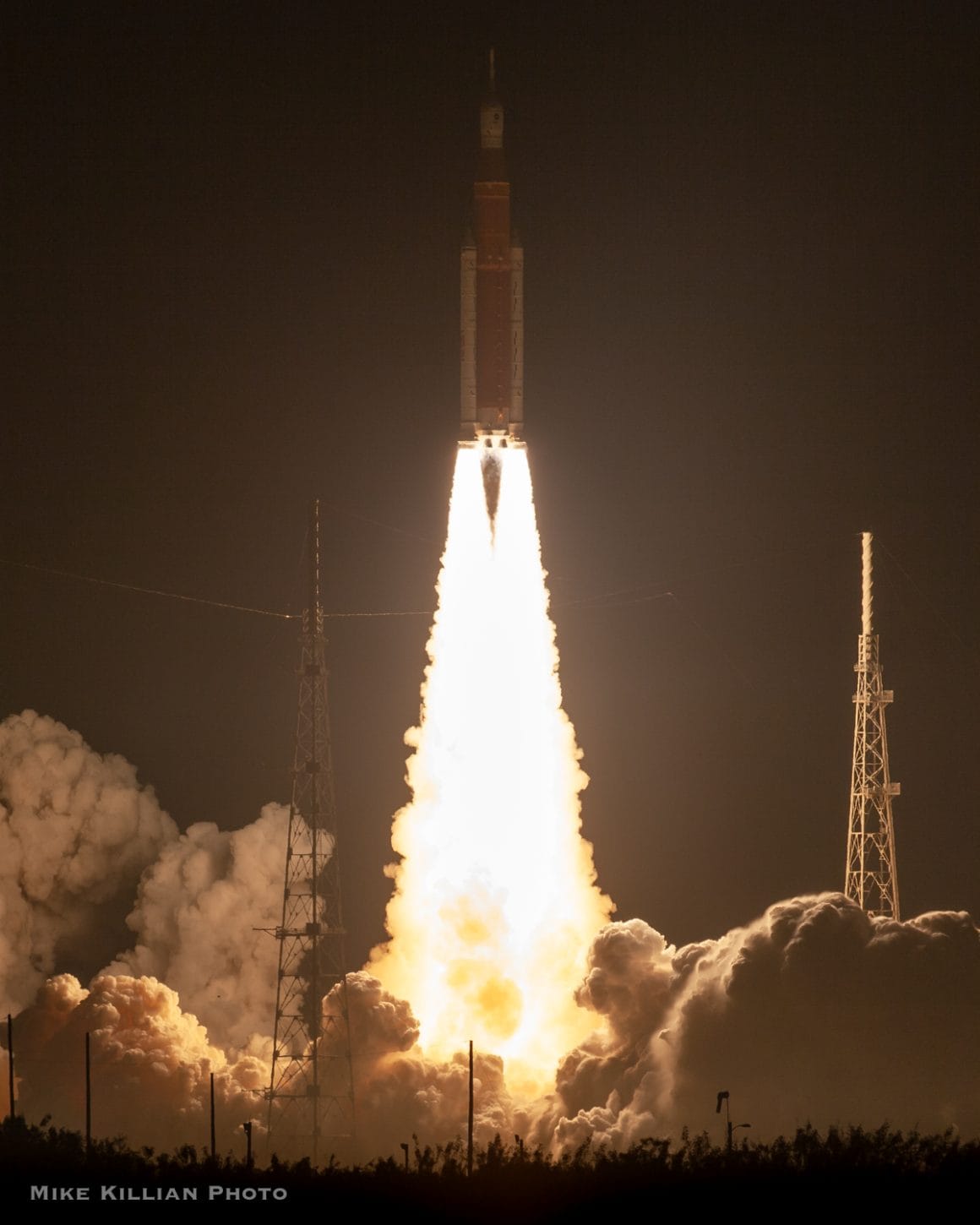
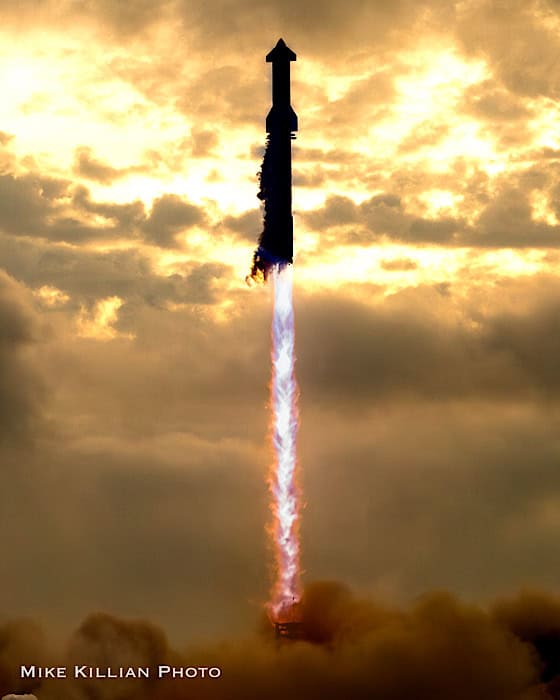
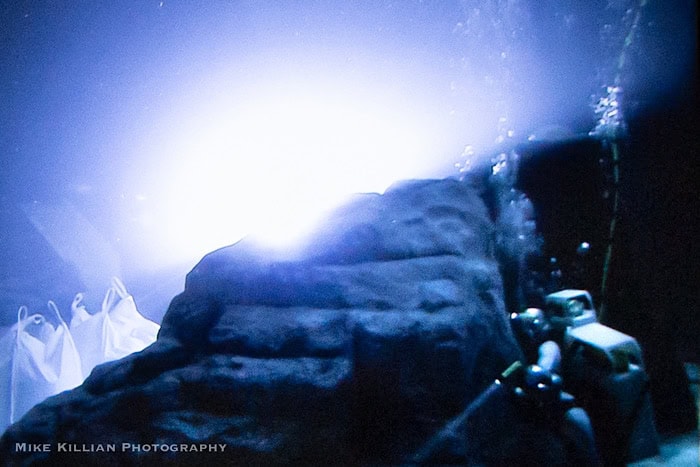

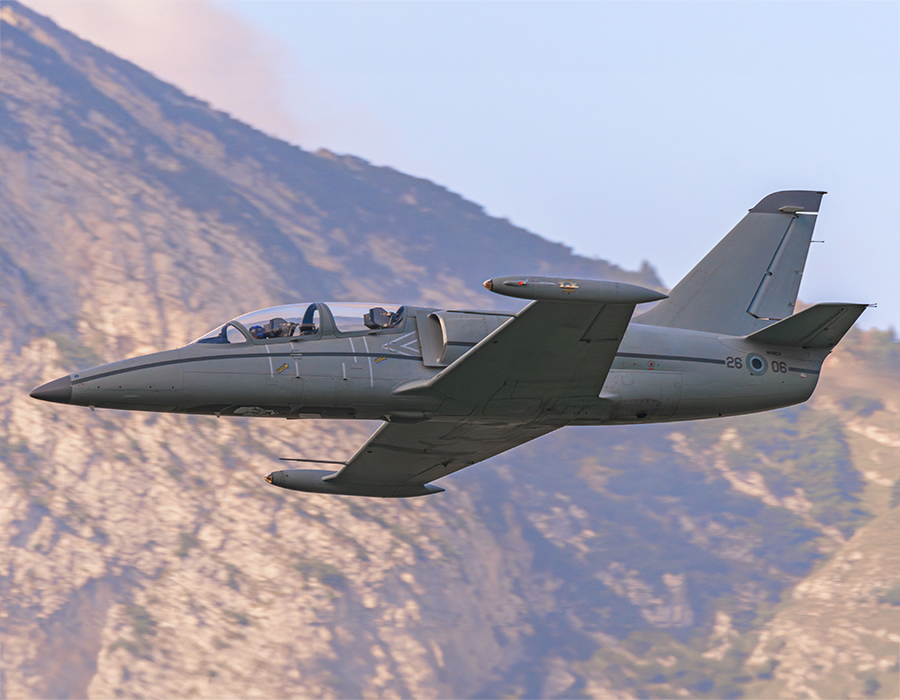
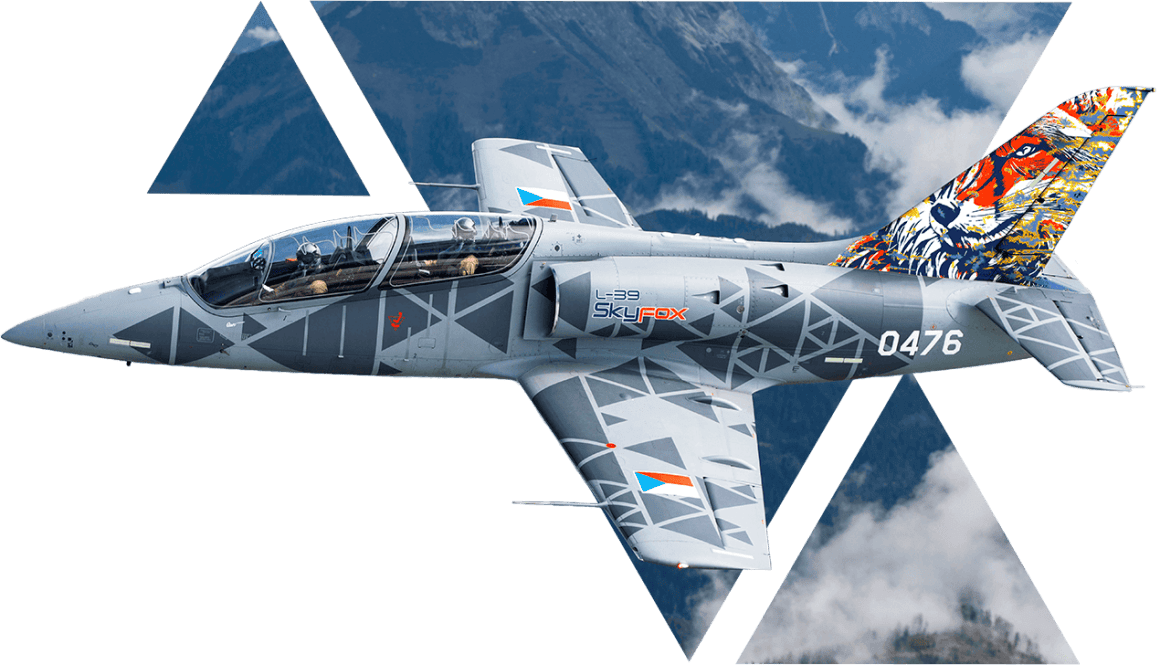
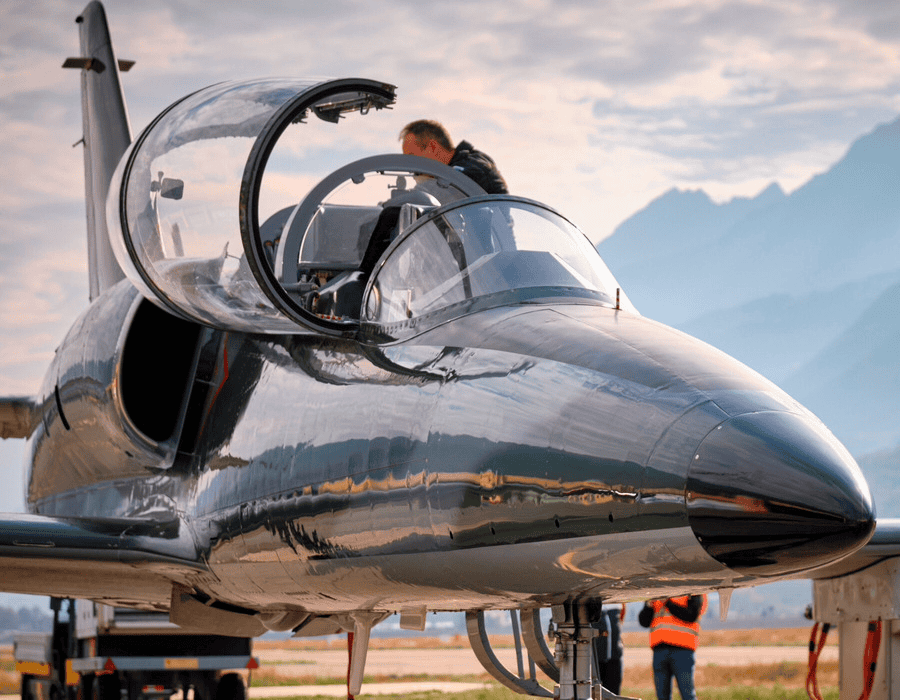

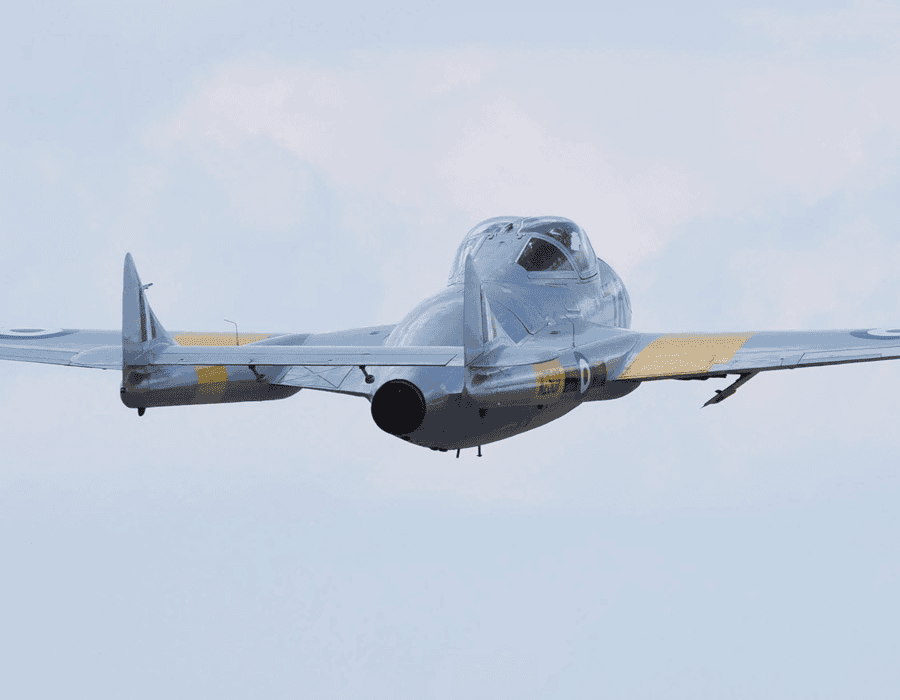


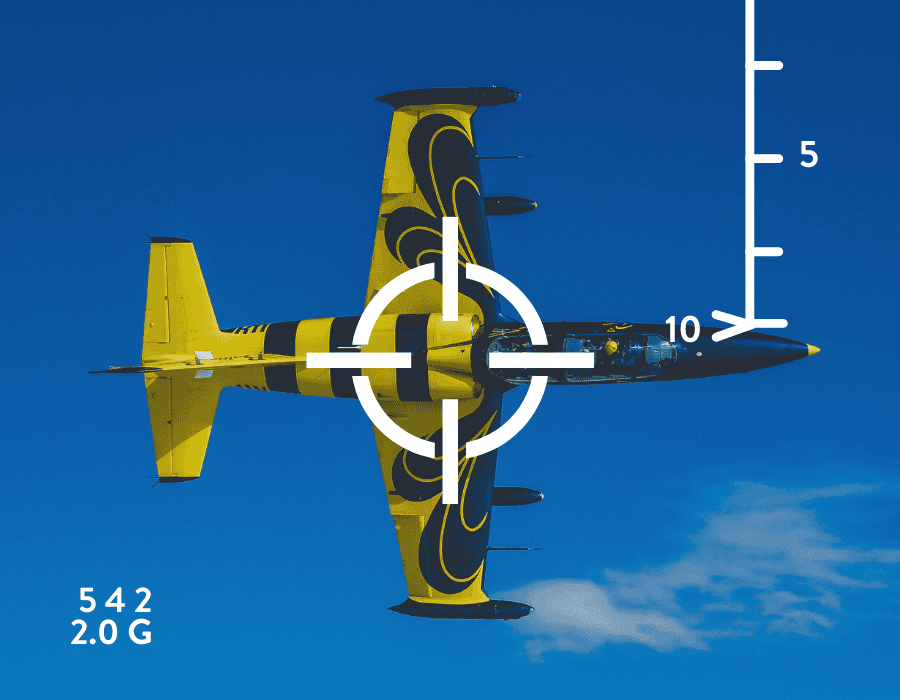



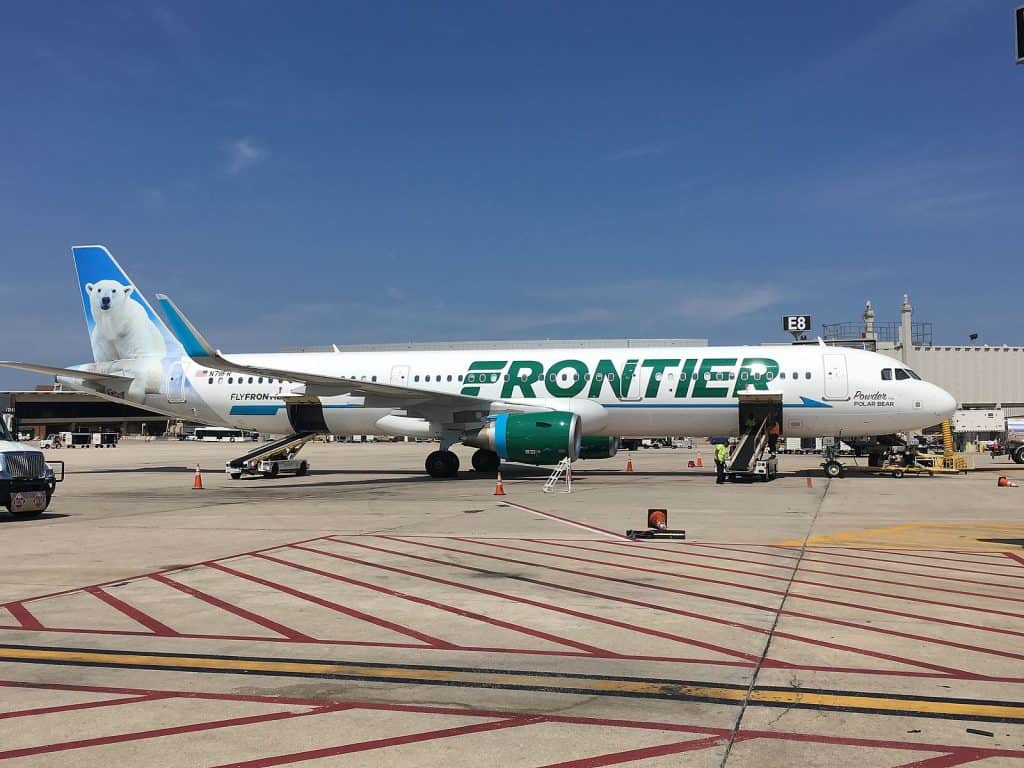
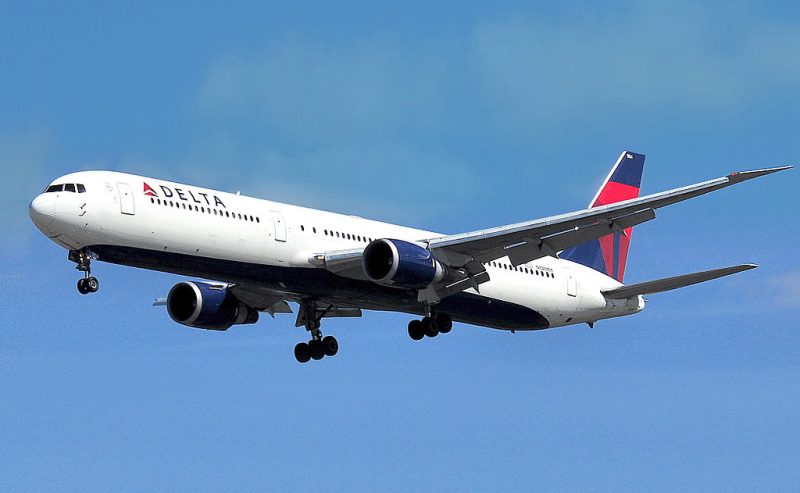


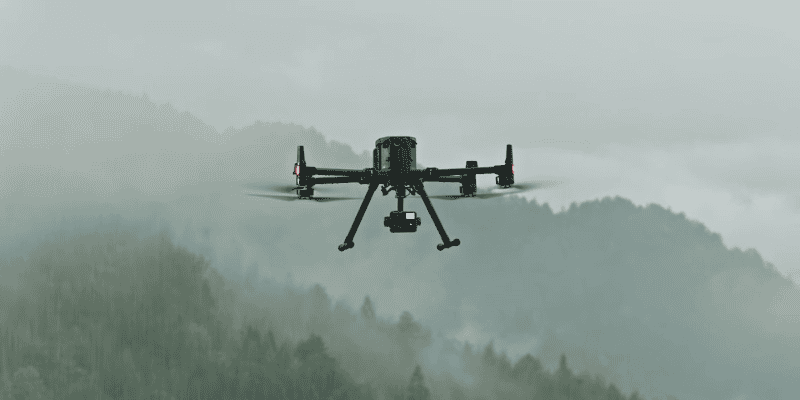
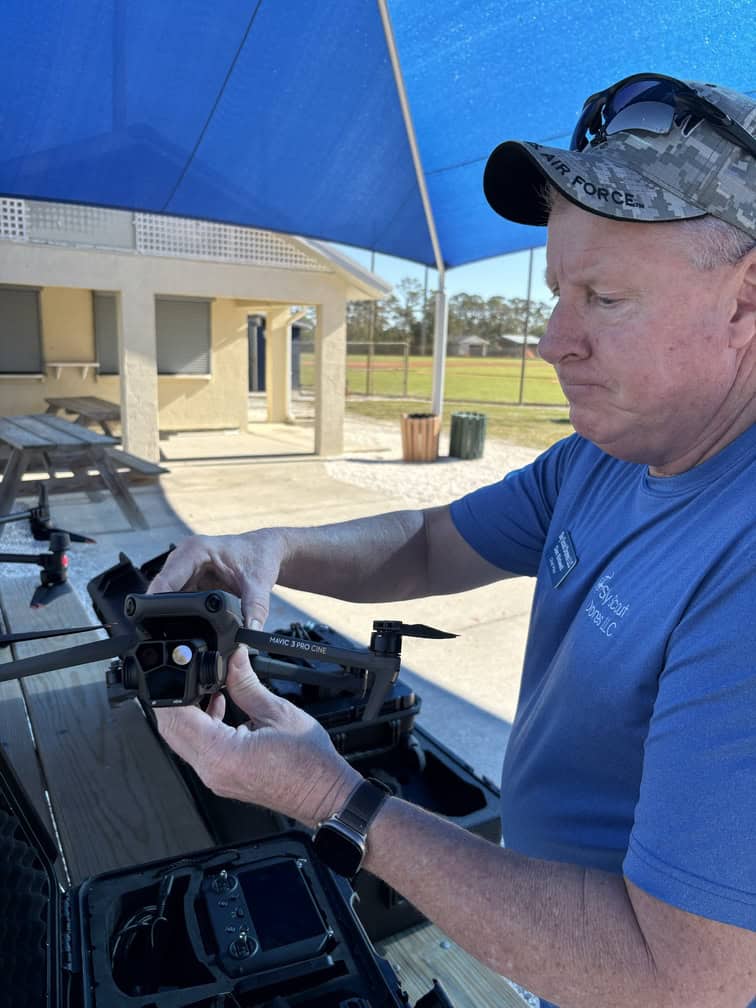





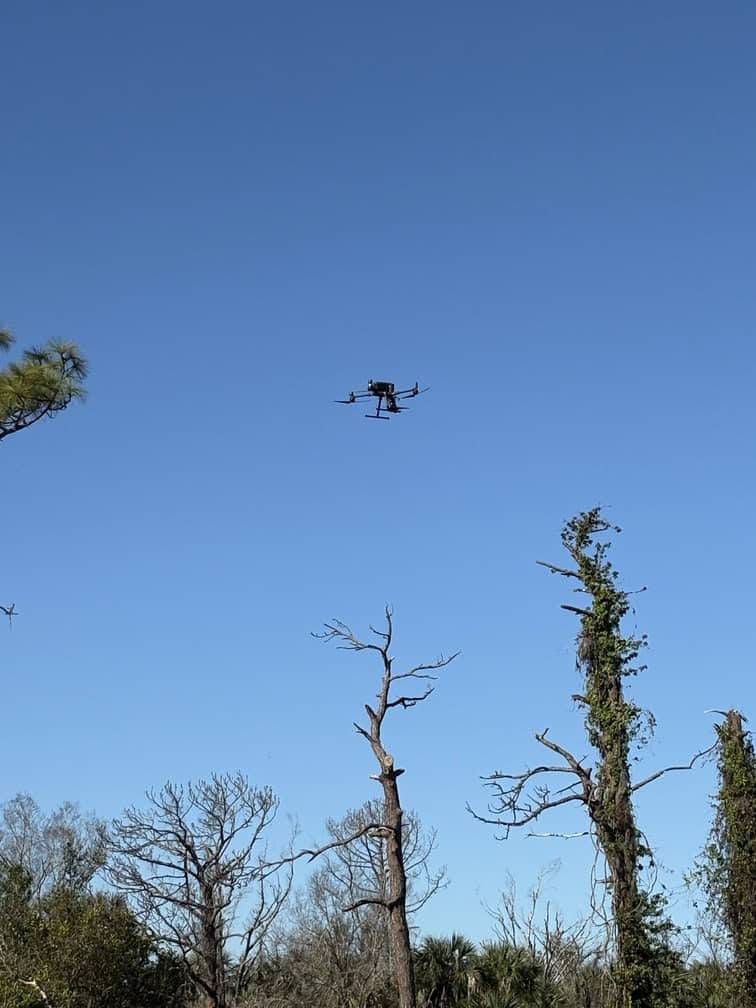
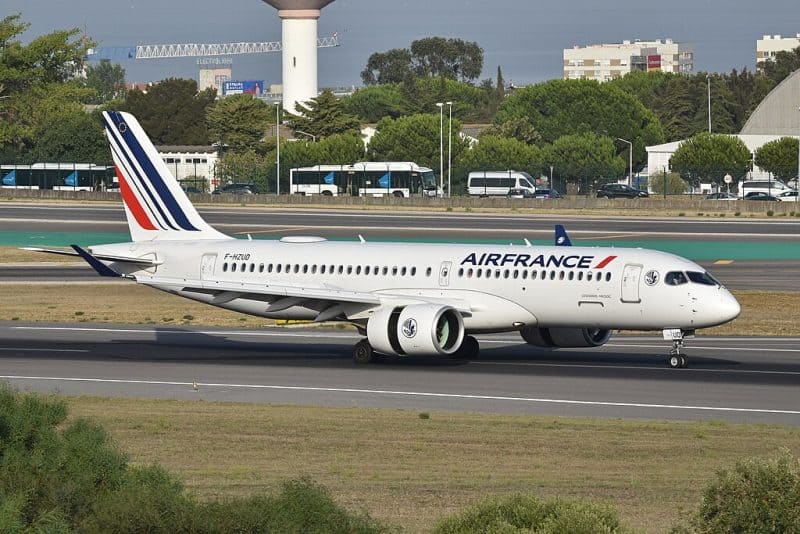
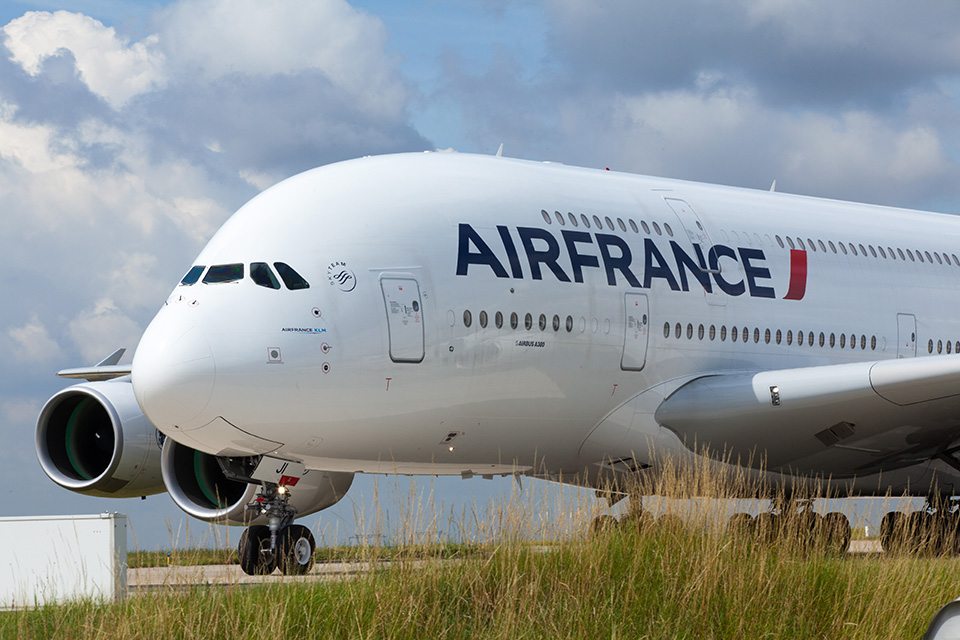
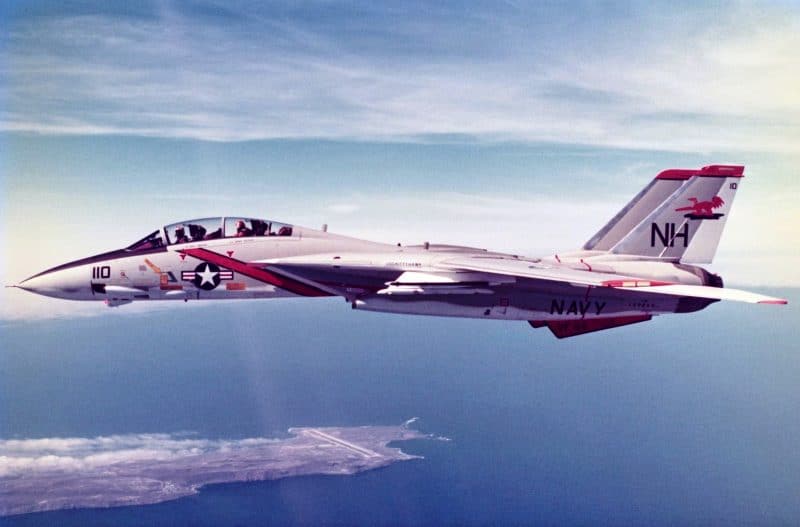

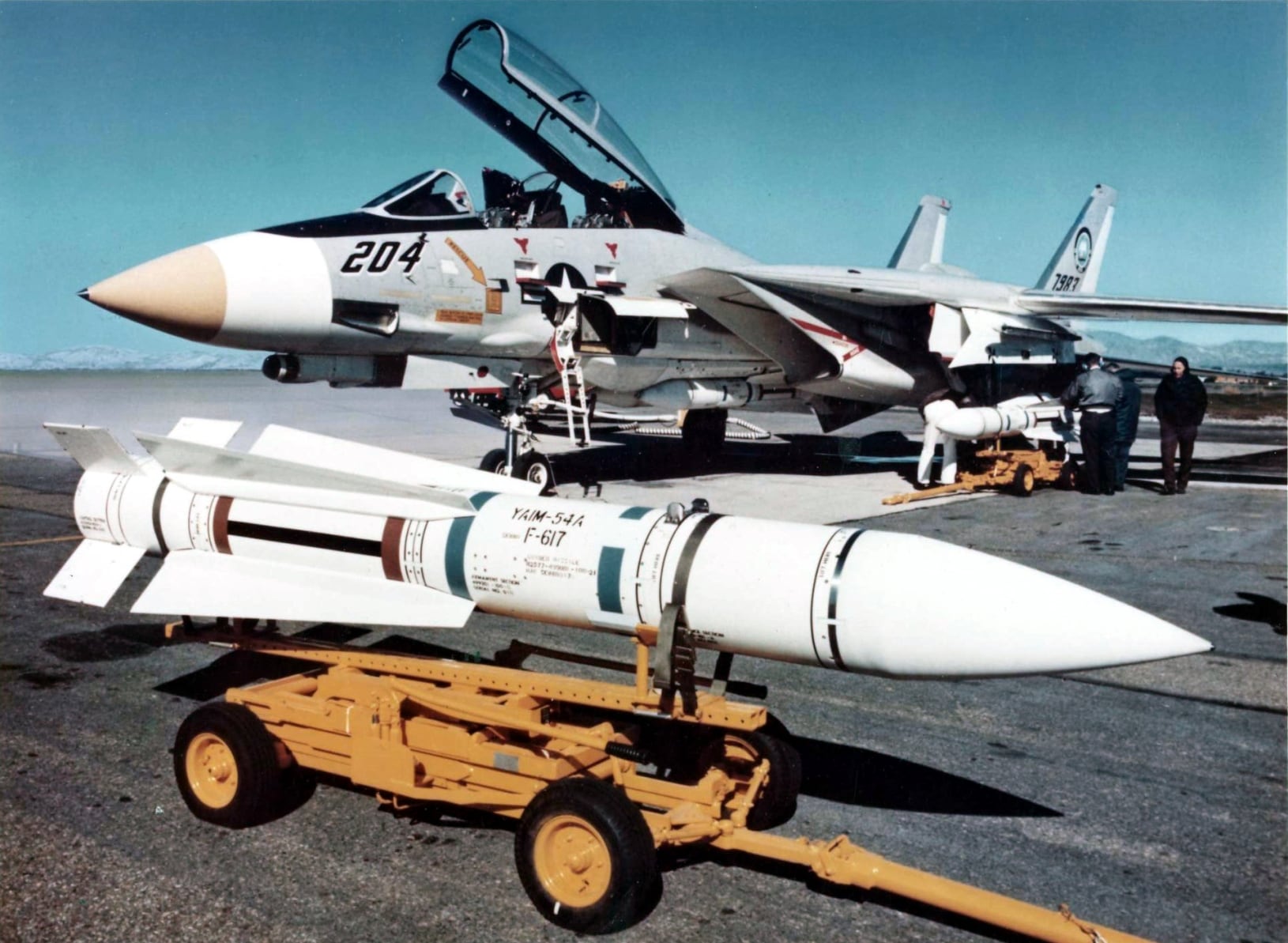 The promise of the Tomcat and its radar/missile combination made it the logical choice for a fleet defense interceptor during the early 1970s. The F-14’s tested and proven ability to track up to 24 targets simultaneously and take any six of them under fire using Phoenix missiles from more than 100 miles away was unprecedented.
The promise of the Tomcat and its radar/missile combination made it the logical choice for a fleet defense interceptor during the early 1970s. The F-14’s tested and proven ability to track up to 24 targets simultaneously and take any six of them under fire using Phoenix missiles from more than 100 miles away was unprecedented.
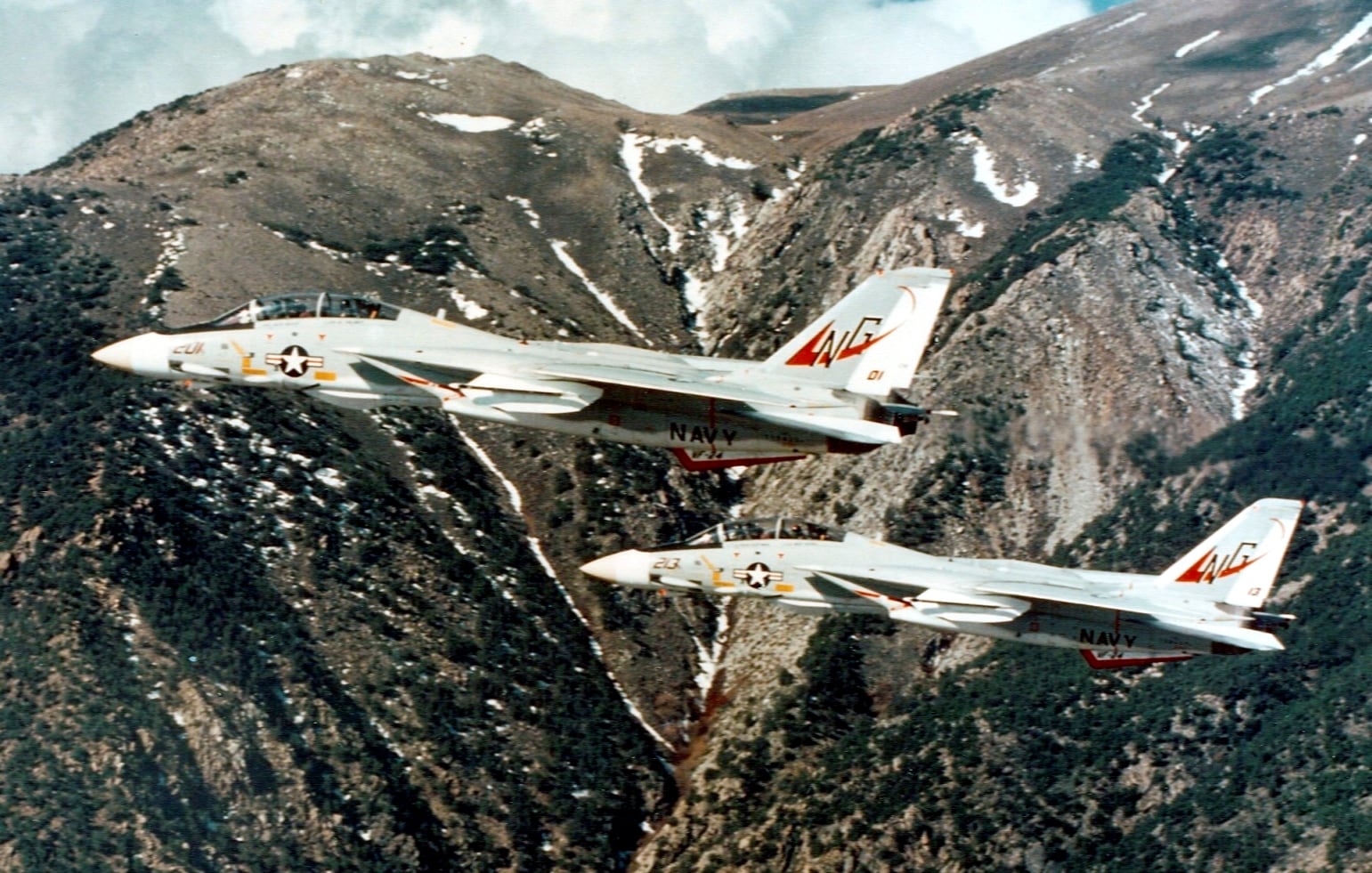 Interestingly both the Television Camera Set (TCS) and the Tactical Airborne Reconnaissance Pod System (TARPS) are introduced as new tech for the Tomcat.
Interestingly both the Television Camera Set (TCS) and the Tactical Airborne Reconnaissance Pod System (TARPS) are introduced as new tech for the Tomcat.